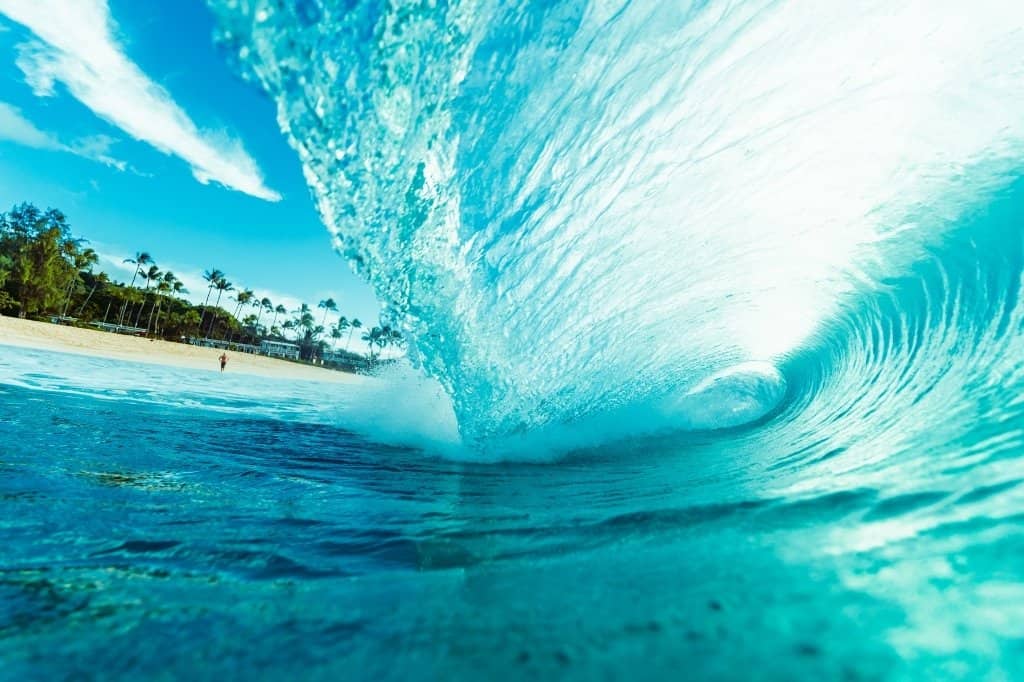Most blue things are found in Earth’s flora and fauna. Although they are few in number in comparison to other colors, things that are naturally blue, free of human intervention, play a significant role.
The blue color has calming and soothing effects, but it is quite rare in nature. The most popular things that are naturally blue include flowers, animals, insects, and minerals.
The rarity of blue things in nature is due to physics, specifically light absorption and reflection. Blue light has a shorter wavelength and higher energy than other colors, so it is more easily absorbed by materials.
Furthermore, most plants contain pigments known as chlorophylls, which absorb light for photosynthesis. Moreover, chlorophylls absorb light primarily in the red and blue parts of the spectrum, with green light being reflected and giving leaves their distinctive color.
As a result, the blue light that is not absorbed by chlorophyll is not present in the plant, giving it a green appearance rather than a blue one.
Regardless, even though there are a few blue things in the plant kingdom, we have compiled a comprehensive visual list of the most interesting ones.
In this article, we have tried to group blue things into categories: foods, plants, flowers, and animals.
So in this comprehensive list, we have included only things that are naturally blue, without human intervention.
Things Associated with Blue
Blue is associated with tranquillity, peace, and depth.
Blue, the color of the sky and ocean, is associated with freedom, depth, imagination, inspiration and calm.
Among the meanings of blue we also include tranquility and serenity. That’s why we think of blue things as calm.
Furthermore, blue is the most popular color among people.
List of Things That Are Blue
Here’s the list of plants, birds, animals, foods, and things that are naturally blue.
Blue Things
Sky
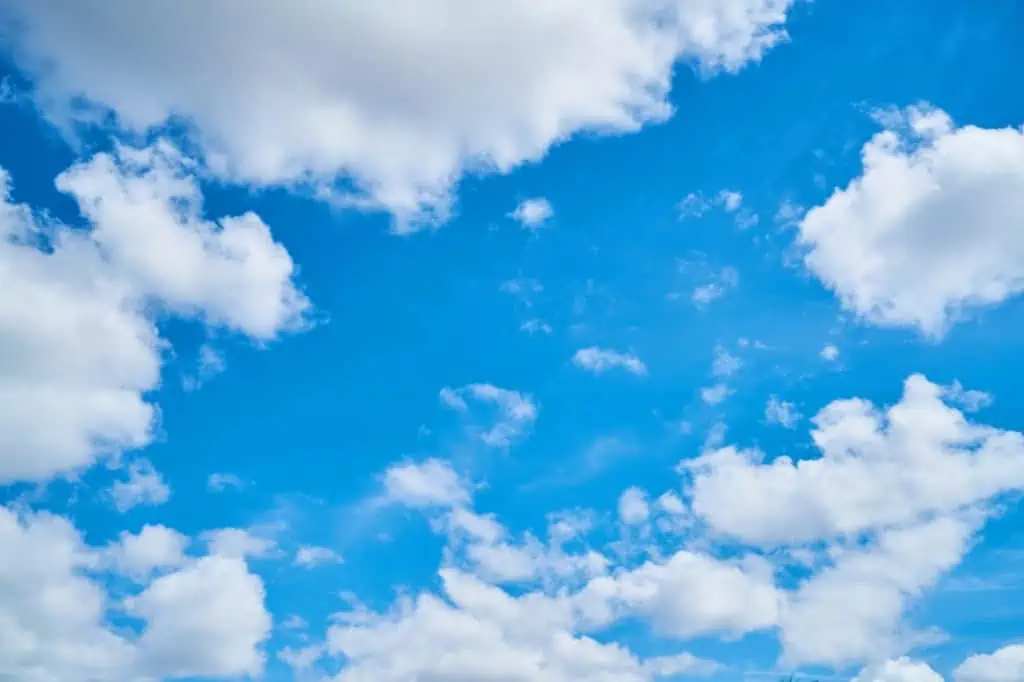
Sky – The scattering of electromagnetic radiation by particles with shorter wavelengths is what gives the sky its blue color. This is known as Raleigh scattering.
Ocean
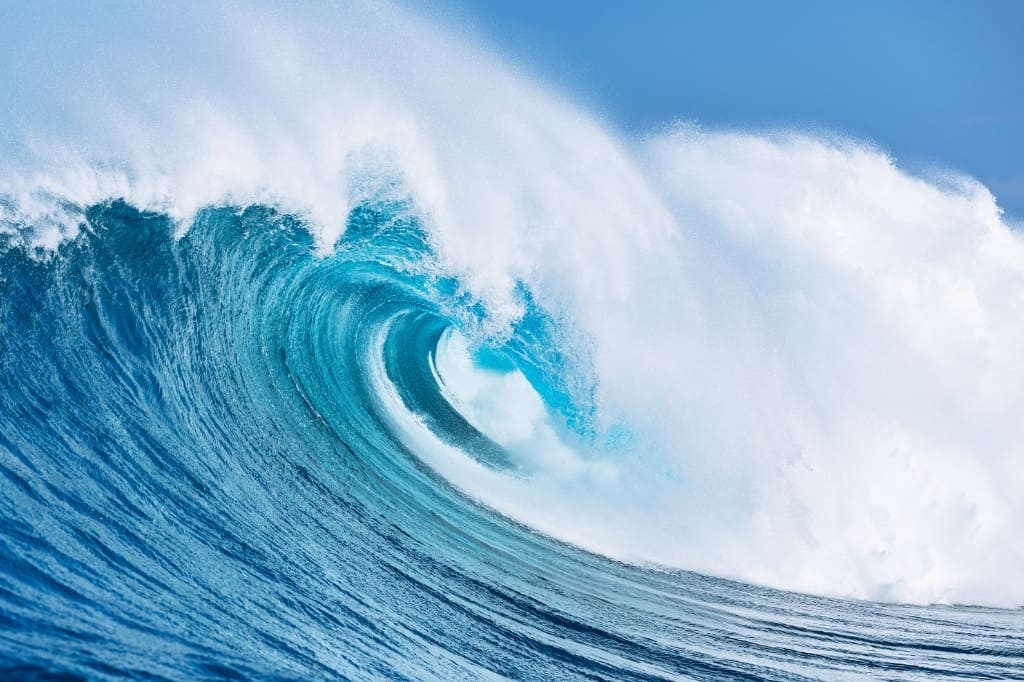
Ocean – The ocean is blue because water absorbs colors in the red part of the light spectrum. On shore, the blue color is also influenced by other factors such as silt and sand.
Blueberries
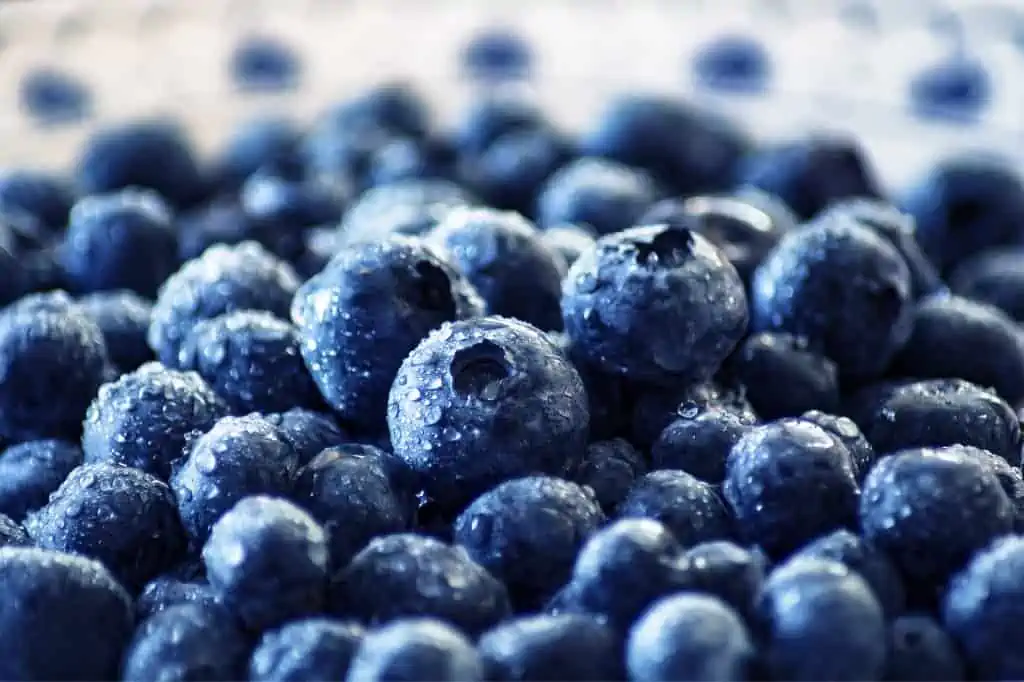
Blueberries – Tasty and delicious blue fruits, blueberries have a dark blue to purple color due to the presence of anthocyanin. This is a group of antioxidants that has numerous benefits in preventing cancer, inflammation, and heart disease. Moreover, it protects against two types of diabetes.
Robin’s Eggs
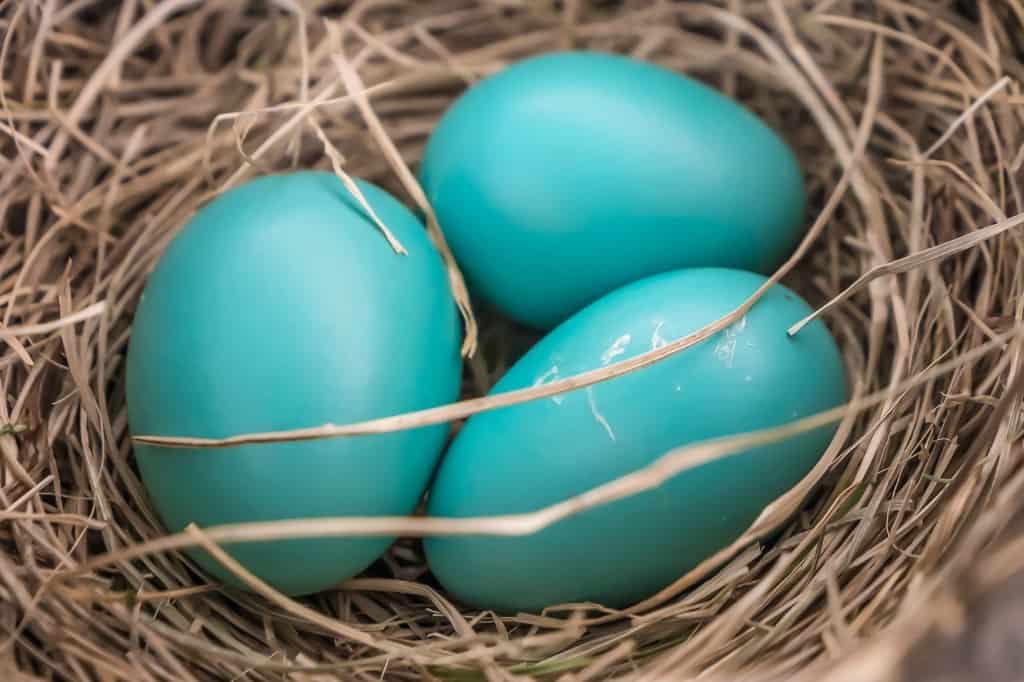
Robin’s Eggs – The blue shade of Robin’s eggs is due to biliverdin, a pigment found in bile. This color is known as eggshell blue. The American robin, also known as Turdus migratorius, is a migratory bird with a size range of 23 to 28 cm and a lifespan of up to 2 years.
Eyes
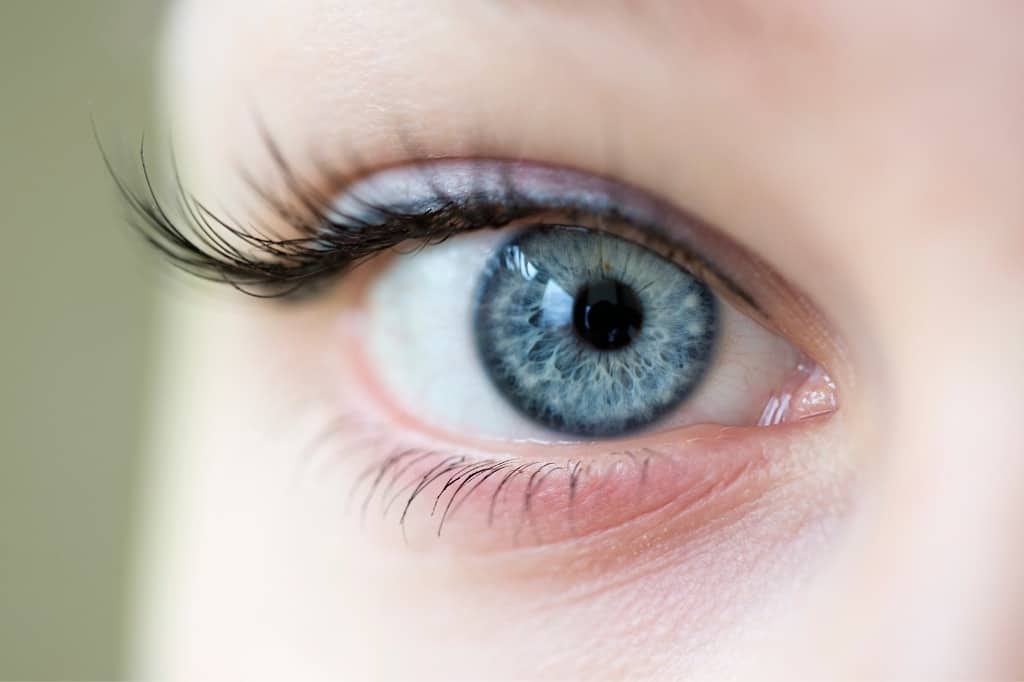
Eyes – Blue eyes are blue because the collagen fibers in the eyes scatter and reflect light. Melanin plays an important role. Eyes with less melanin absorb less light. Only 8% of the population has blue eyes.
Sapphire
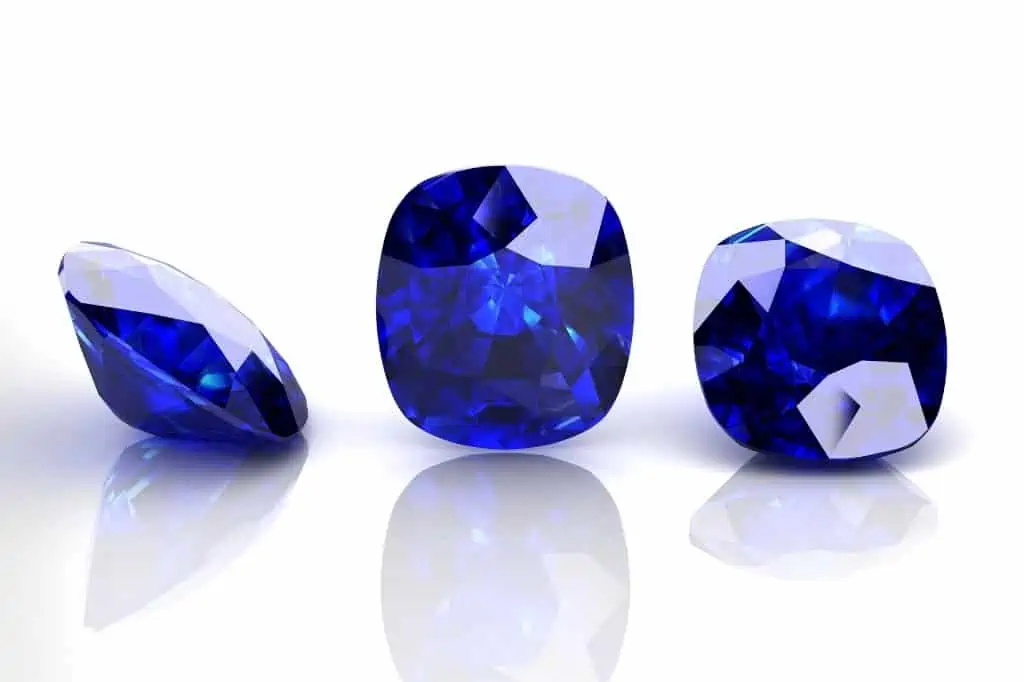
Sapphire – Sapphire is typically blue because of the addition of titanium and iron in the mineral corundum. Blue sapphire is just a type of sapphire. There are also green, yellow, purple, and orange sapphires.
Lapis lazuli
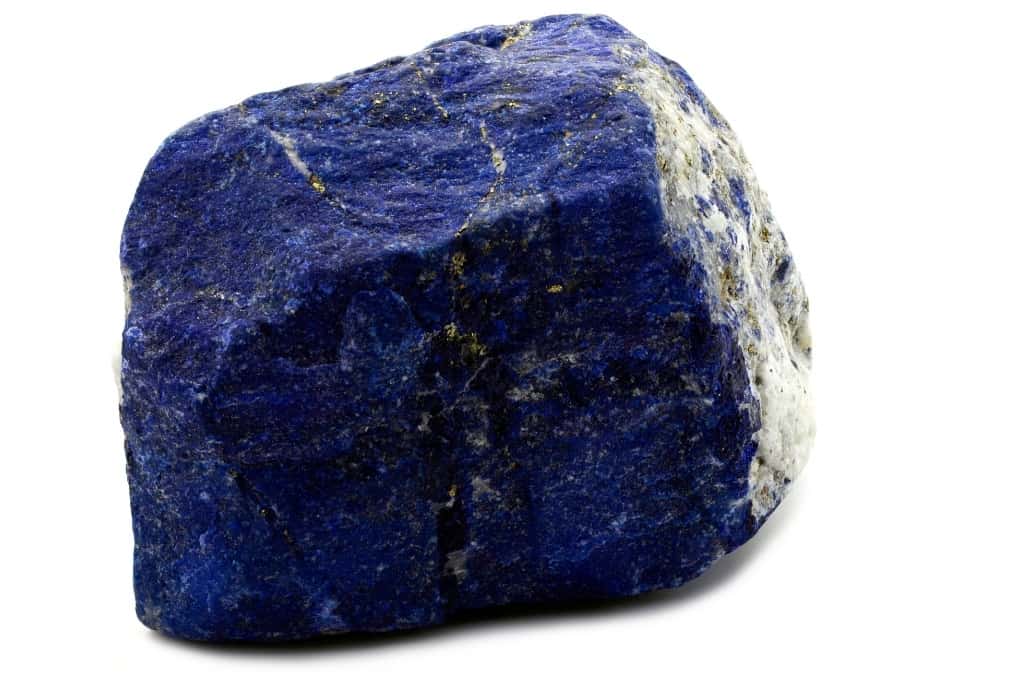
Lapis Lazuli – Lapis lazuli has a greenish-blue hue due to its lazurite content, an essential ingredient that gives the mineral its beautiful blue hue.
Turquoise
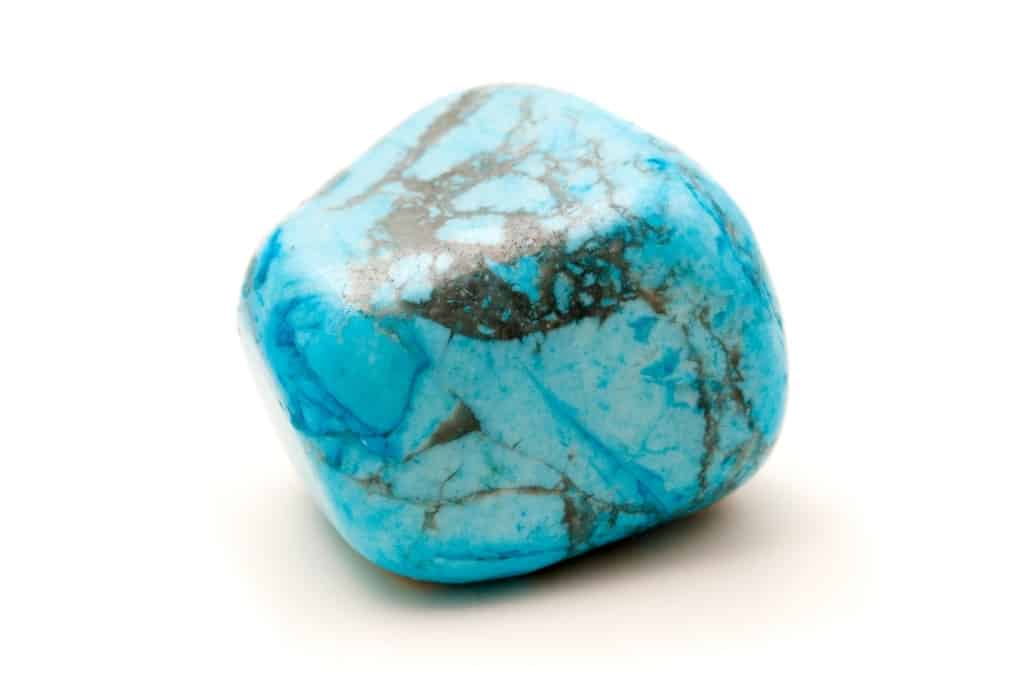
Turquoise – Turquoise is blue because of traces of iron, zinc, and copper in its chemical composition. A secondary mineral, turquoise, is created by transforming primary minerals.
Gas flames

Gas flames – Gas flames are blue because they indicate the complete combustion of carbon once sufficient oxygen has been supplied.
Neptune
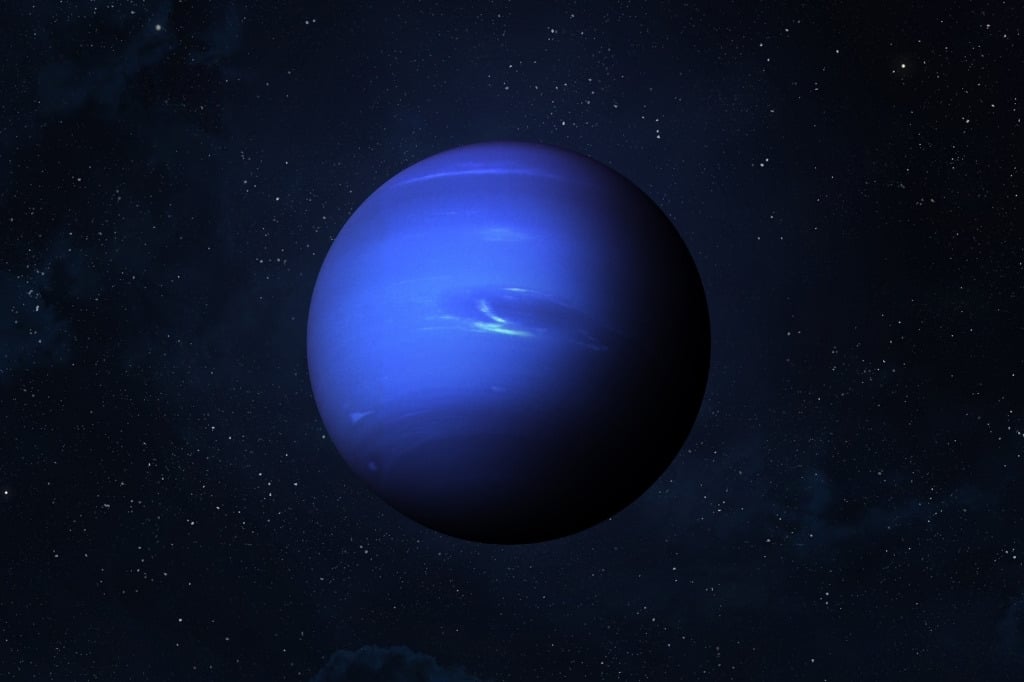
Neptune – The planet Neptune is blue because of the absorption of red and infrared light by its methane atmosphere.
Uranus
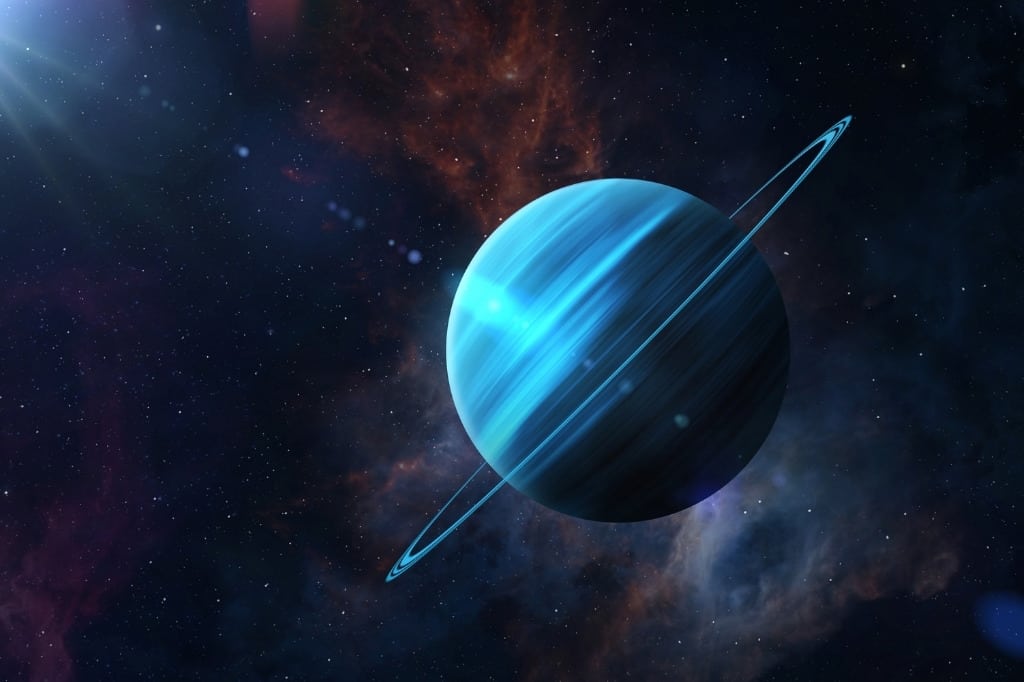
Uranus – Uranus’s blue hue comes from the presence of methane gas in the planet’s atmosphere. As a result, the lovely blue color we see is caused by methane absorbing the red wavelengths of light.
Foods That Are Blue
Blackberries
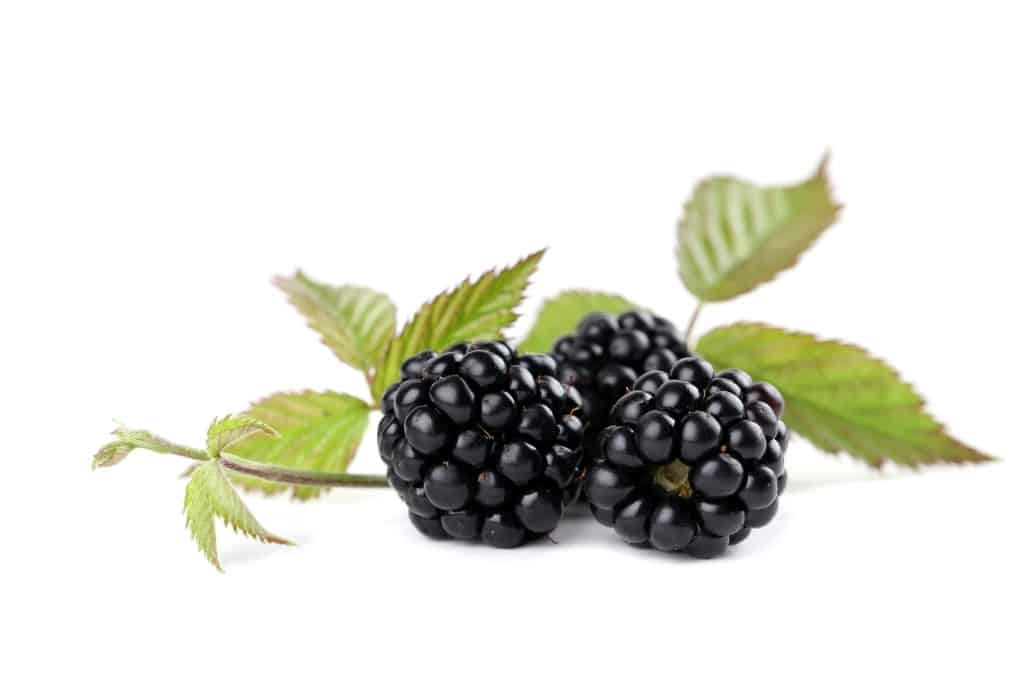
Blackberries – Like blueberries, blackberries have a blue hue because of the high amount of anthocyanin, an antioxidant pigment with many health benefits. It’s one of nature’s healthiest blue things.
Concord grapes
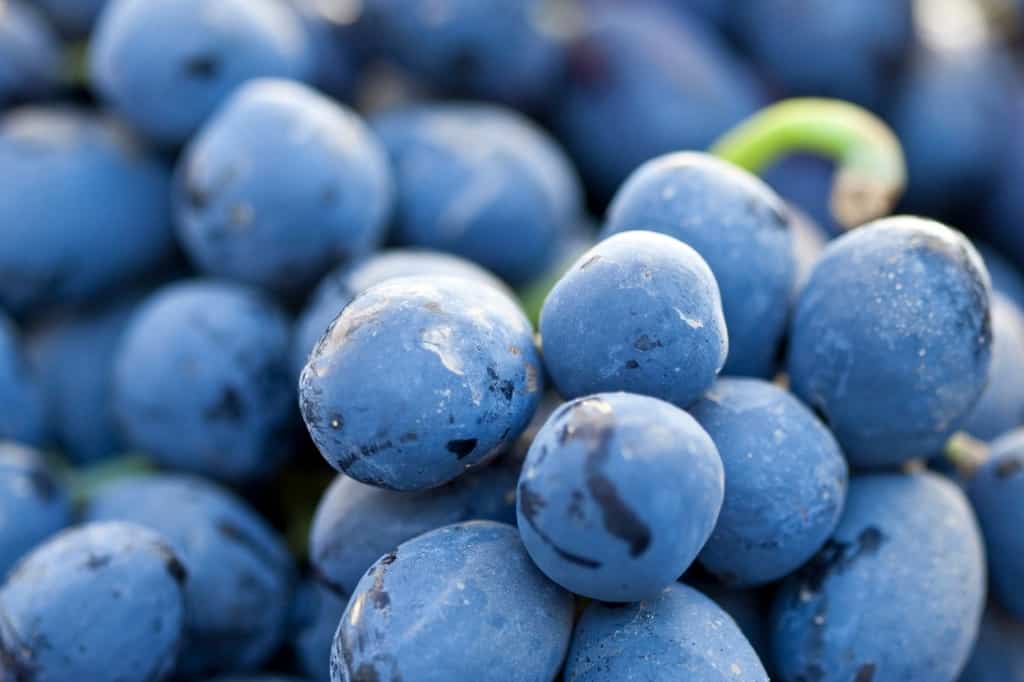
Concord Grapes – These fruits have a blue color and are among the most consumed on the market because of their slip-skin. Thus, the skin can easily peel off the fruit.
Black currants
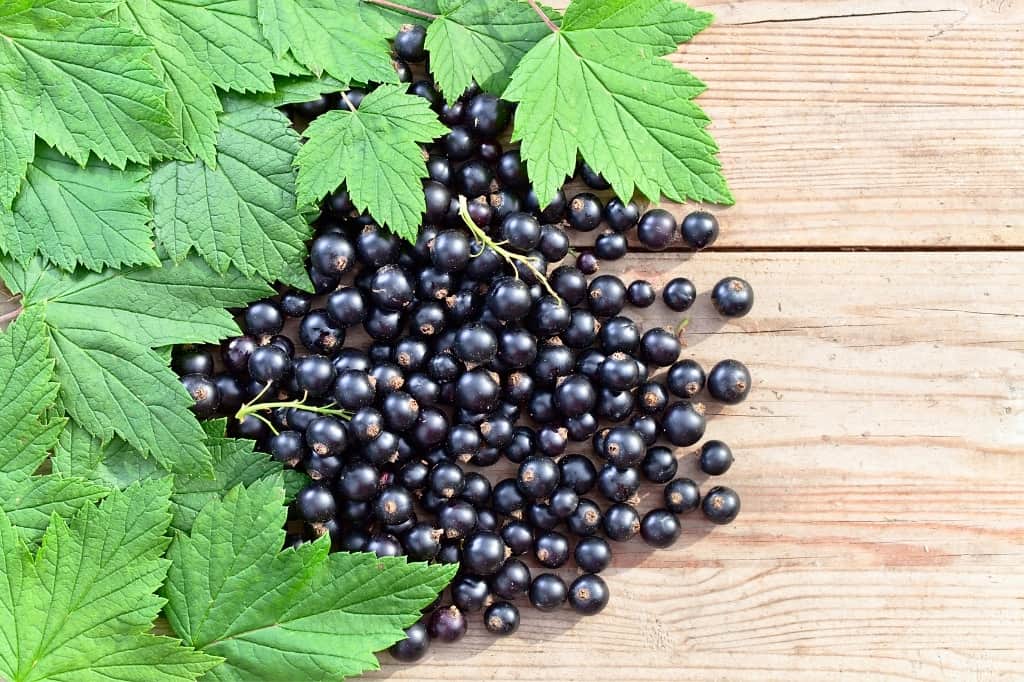
Black Currants – Extremely high in vitamin C (218% of the recommended daily allowance), black currants are blue because they contain a high concentration of anthocyanins. It contains the most vitamin C of any blue foods.
Blue Quandong
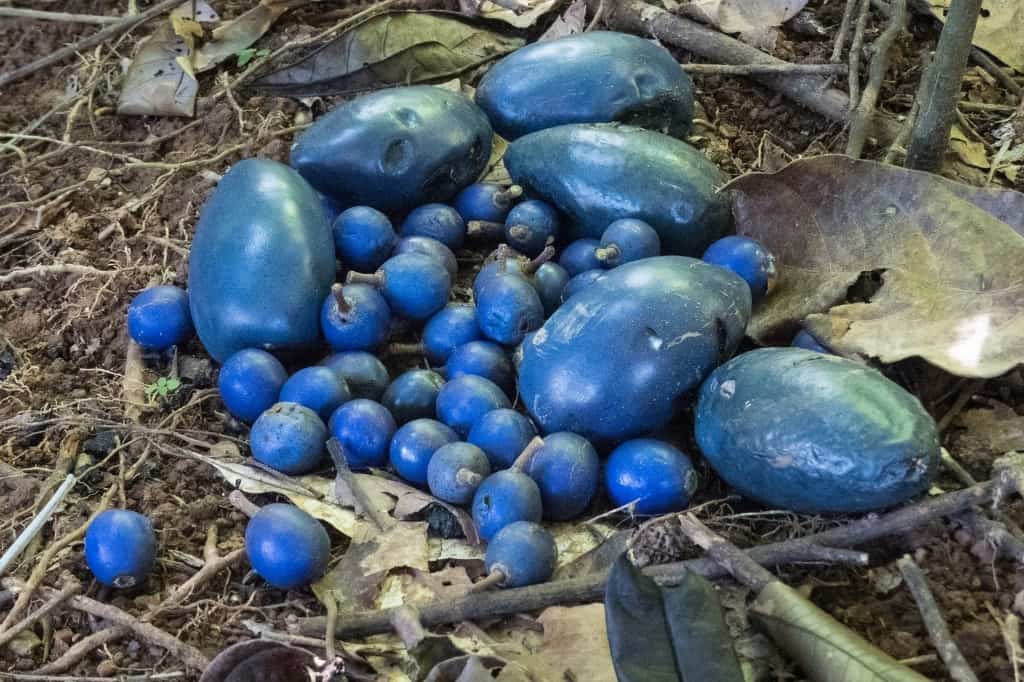
Blue Quandong – Blue quandong is a fruit that can be found from India to northern Australia. A structure similar to iridescent bird and butterfly wings is responsible for the blue skin.
Blue tomatoes
Blue Tomatoes – Also known as Indigo Rose tomatoes, blue tomatoes have a high amount of anthocyanin in the skin, this antioxidant pigment generating the blue color.
Blue animals
Peacock
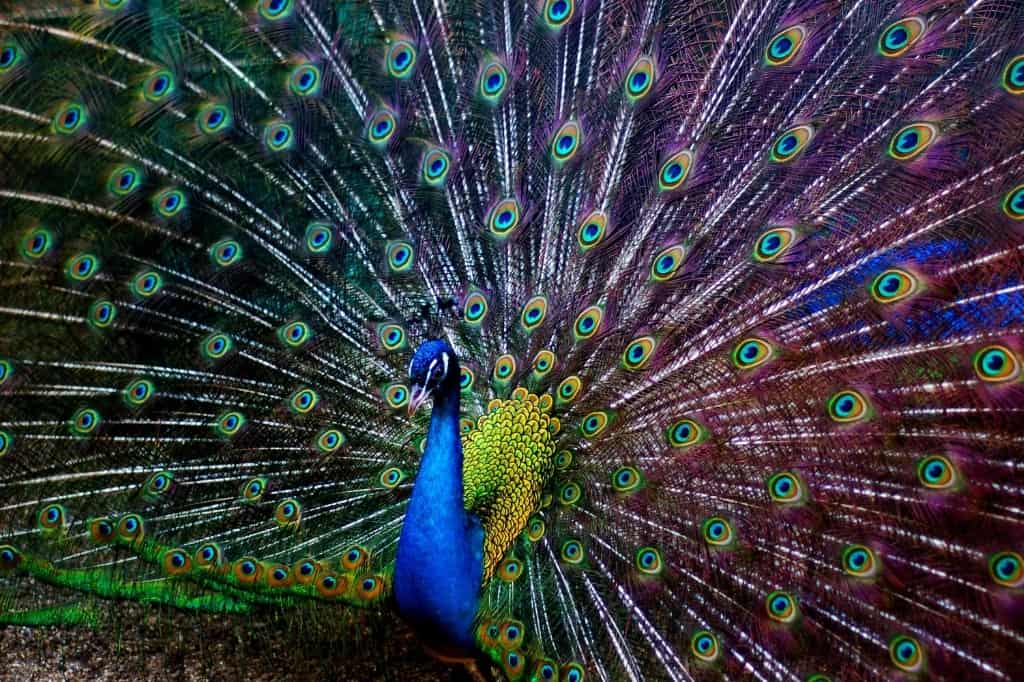
Peacock – Peacock blue color is a brilliant dark blue-green hue, similar to its feathers. It is among the most beautiful things that are naturally blue. The peacock blue color has the hex code #326872.
Blue morpho
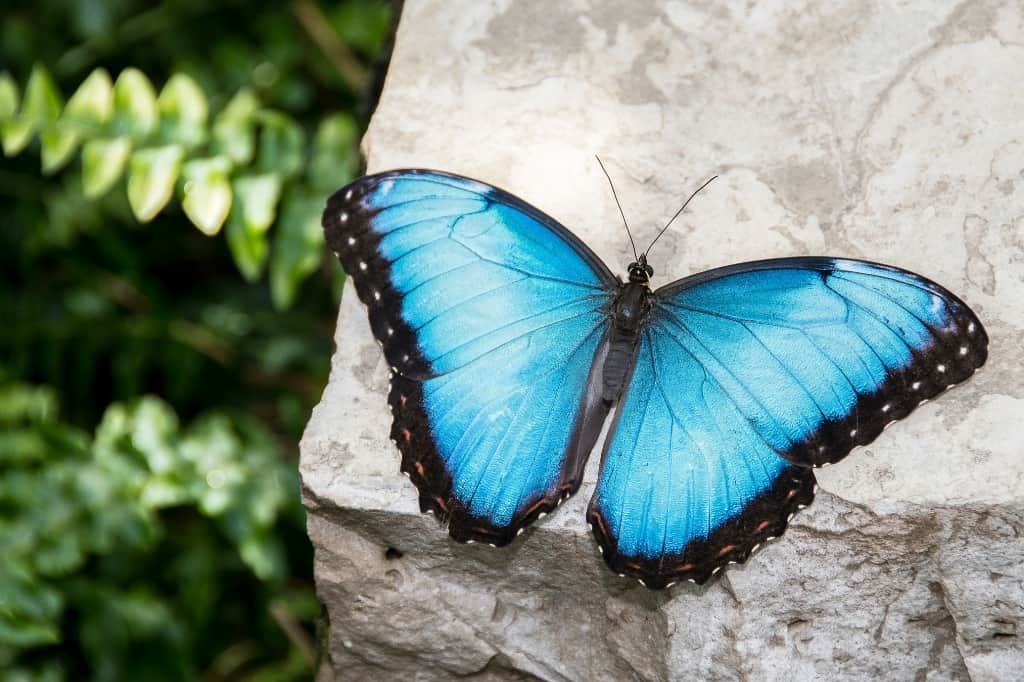
Blue Morpho – The Blue morpho, one of the biggest butterflies in the world, can spread its wings and measure between 5 and 8 inches. Although butterflies are colorless, they have many different shades of blue on their wings.
Blue Morpho is blue as a result of the microscopic scales on the back of the wings, which reflect light.
Ulysses Butterfly
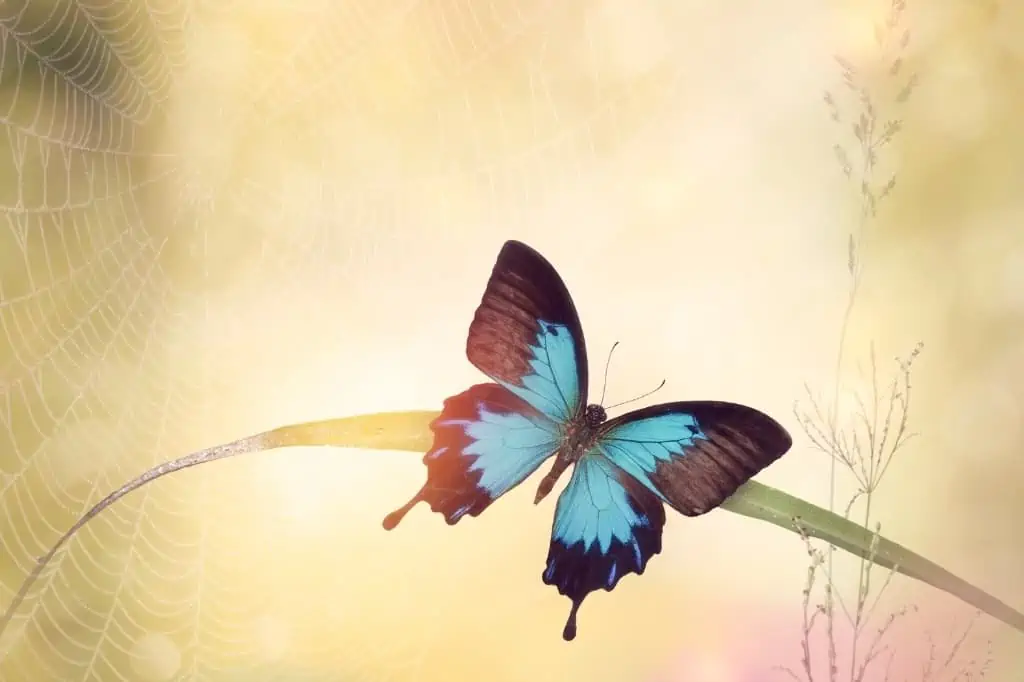
Ulysses Butterfly – Ulysses is a large blue-hued butterfly, also known as the Blue Emperor, and lives in Australia, Indonesia, and Papua New Guinea. The blue color is the result of the microscopic scale structure. This phenomenon is known as structural coloration.
Blue damselfly
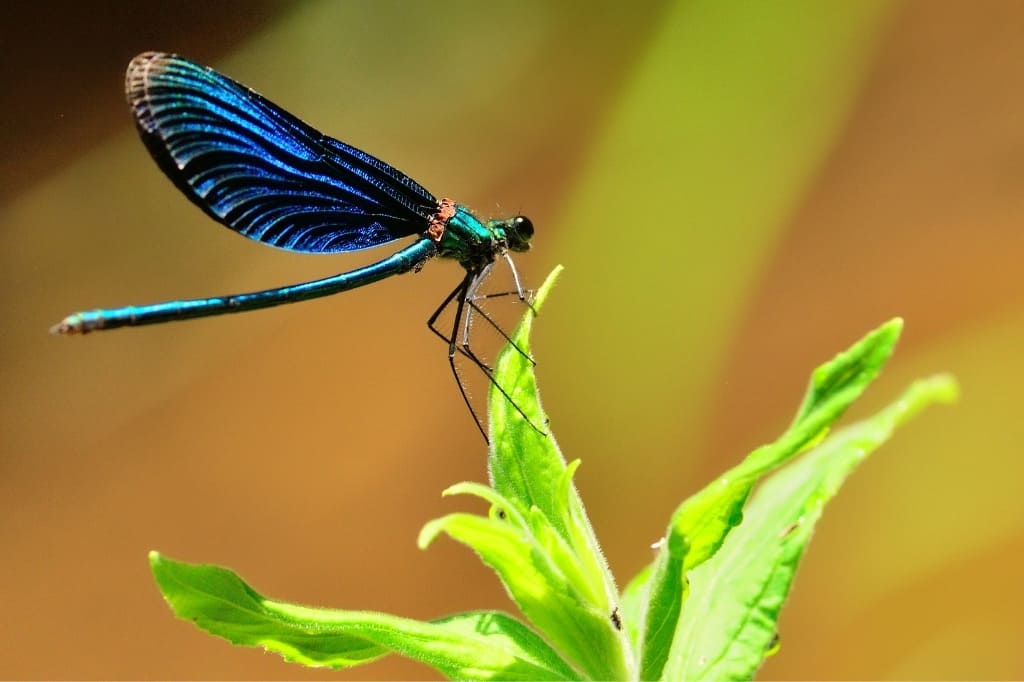
Blue Damselfly – The blue damselfly (Ischnura elegans), also known as the common bluetail, is the most common damselfly and can be found tangled in any body of water. Blue and black hues can be seen on the male.
Starfish
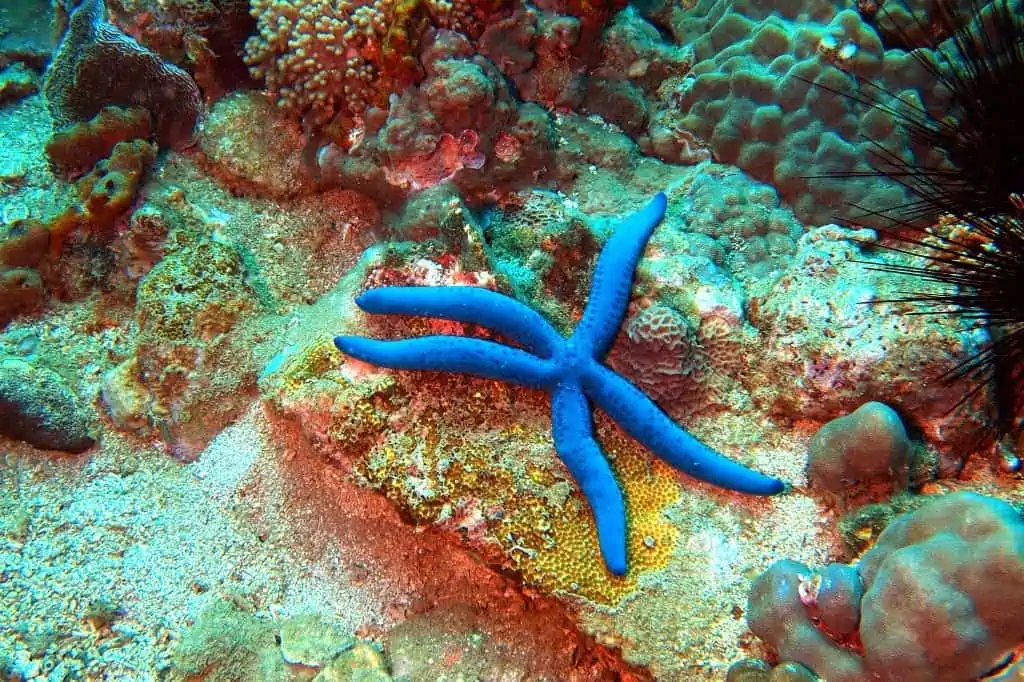
Starfish – Starfish is blue because it contains linckiacyanin, a blue pigment. This species, known as blue Linckia, lives in the deep waters of the tropical Indo-Pacific.
Blue clam
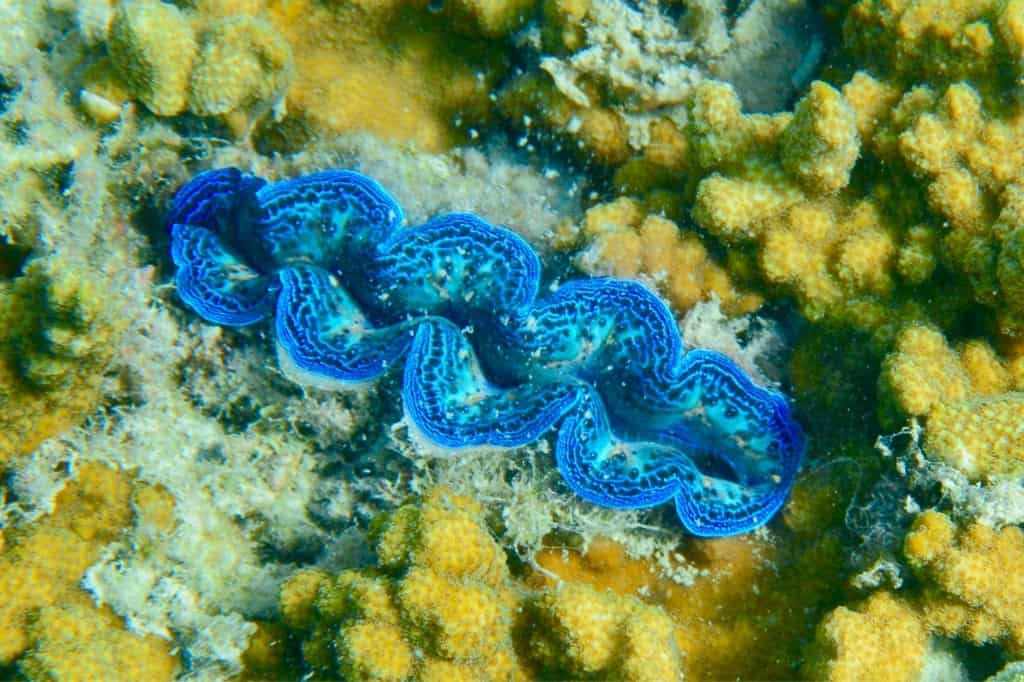
Blue Clam – Blue clam, known as Maxima Clam, is a giant clam that can measure up to 7.9 in (20 cm). It lives in the Indo-Pacific region.
Maxima clam is blue because of crystalline pigment cells, which help protect it from the sun’s intense rays.
Blue Shark
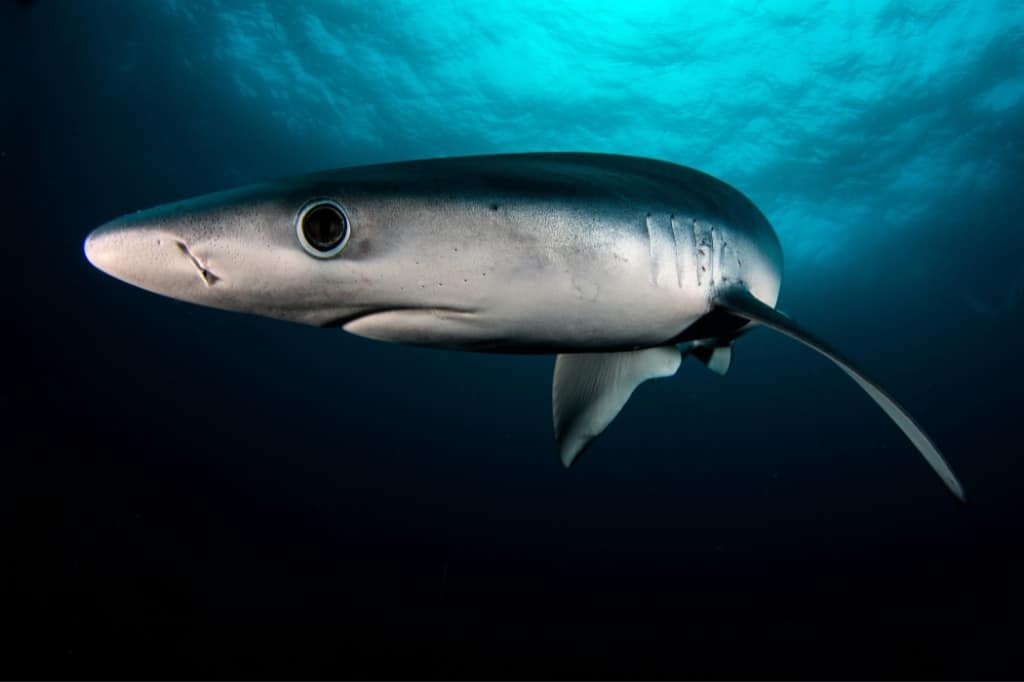
Blue Shark – Blue sharks have amazing skin that is both dark and light in color. In order to blend in more easily, the blue shark has a dark top and a light bottom. As a result, it is difficult to see from above or below in ocean water.
Blue Whale

Blue Whale – The blue whale is actually grey, but because of the color of the water and the sunlight, it appears to have a dark blue color. So the water acts like a filter for the light.
Humphead wrasse
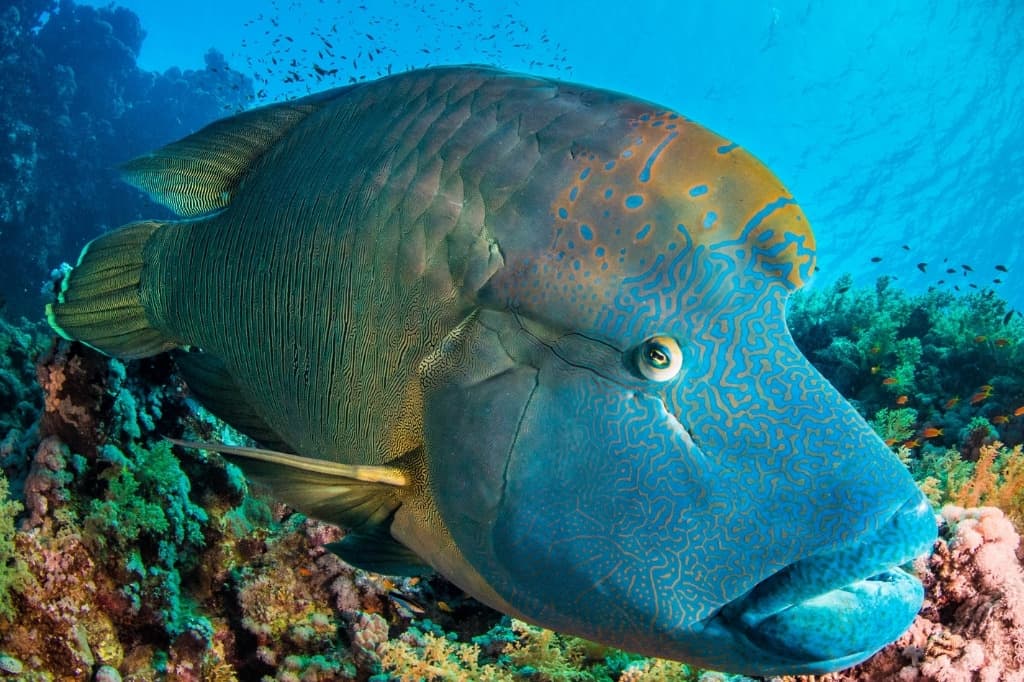
Humphead Wrasse – Humphead wrasse is a species of wrasse (reef fish) found in coral reefs in the Indo-Pacific. Gorgeous colors can range from blue-green to purplish-blue.
Lobsters
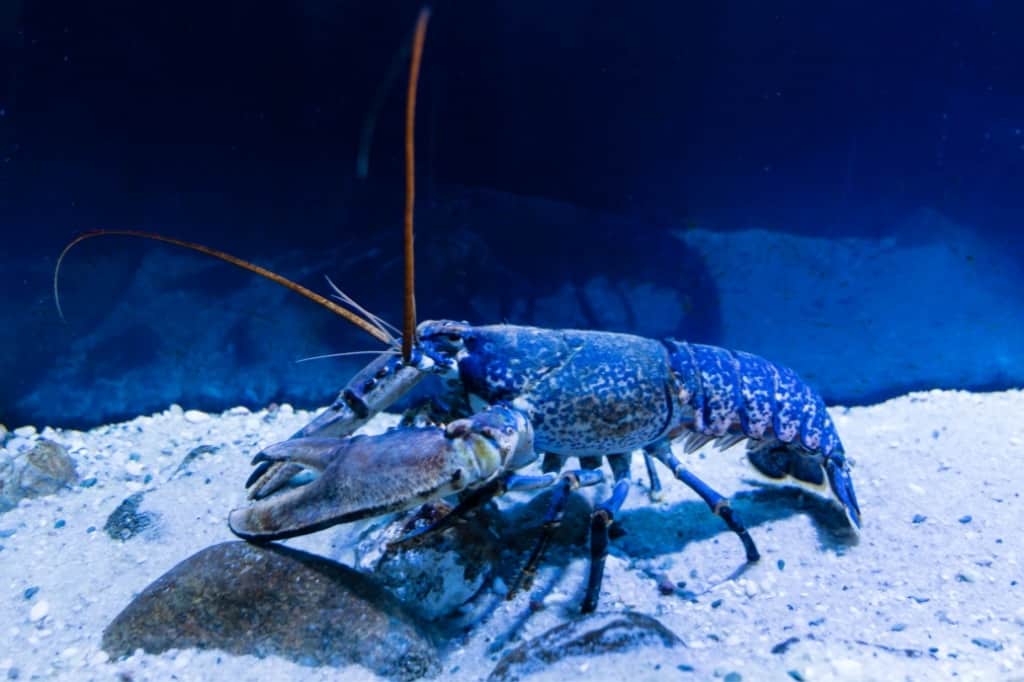
Lobster – Blue lobsters are blue due to a genetic mutation of American lobsters. As a result of the mutation, an overproduction of a protein occurs. This is how they get this beautiful shade of blue.
Periwinkle Blue Footed Booby
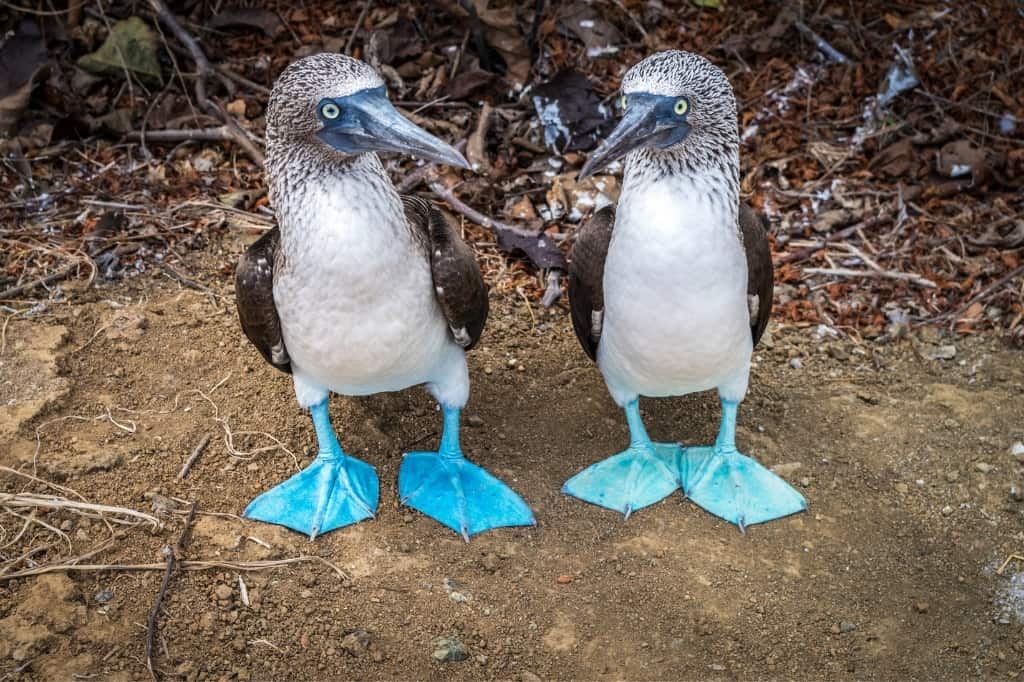
Periwinkle Blue Footed Booby – The Periwinkle Blue Footed Booby is a seabird that lives in tropical and subtropical regions of the eastern Pacific.
The Periwinkle Blue Footed Booby has blue legs due to the high concentration of carotenoid pigments in the legs.
Kingfisher
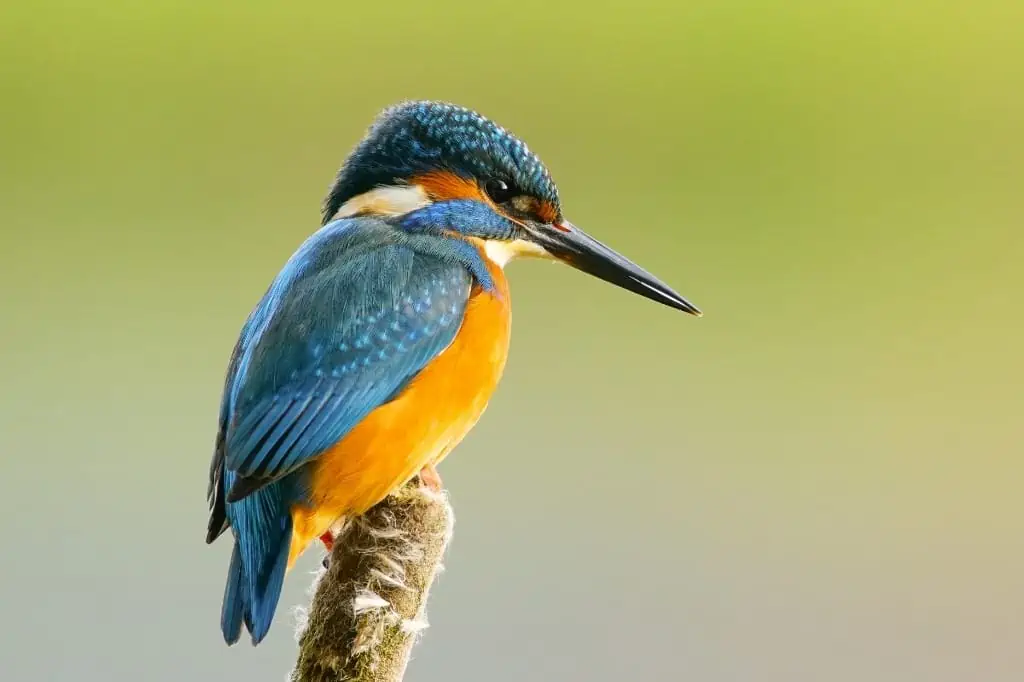
Kindfisher – The Kingfisher has half of its feathers blue due to the presence of spongy nanostructures that reflect light differently and make them look blue. So this phenomenon is called structural coloration.
Blue and yellow macaw
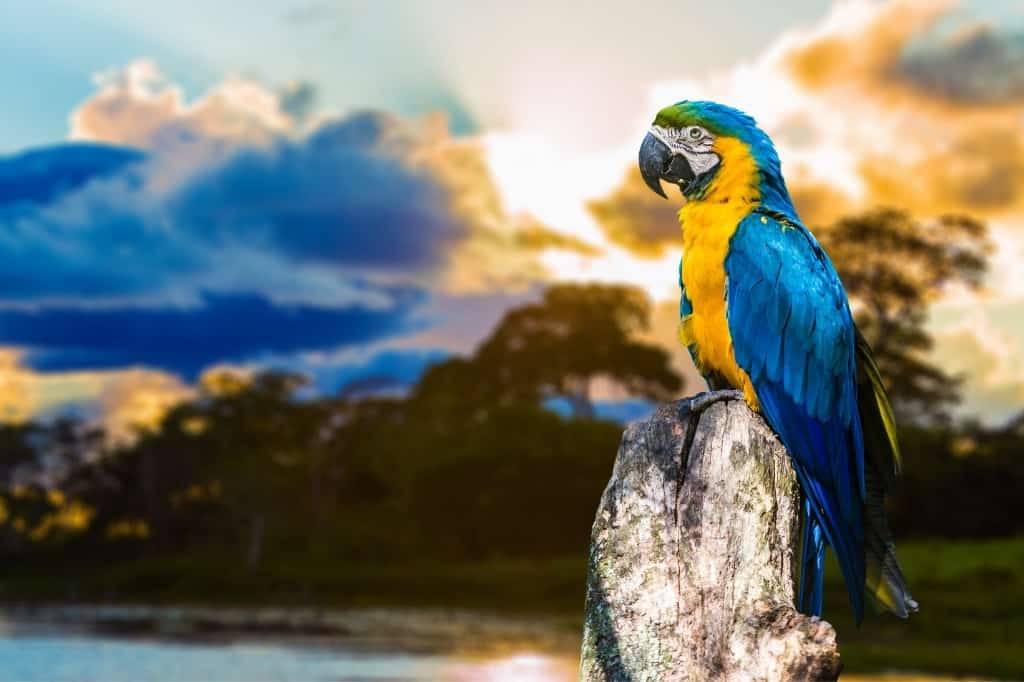
Blue and Yellow Macaw – This stunning species of macaw has one of the most beautiful contrasts: a splendid blue body and a dark yellow chest. It can be a source of inspiration for beautiful design color schemes.
Eastern Bluebird
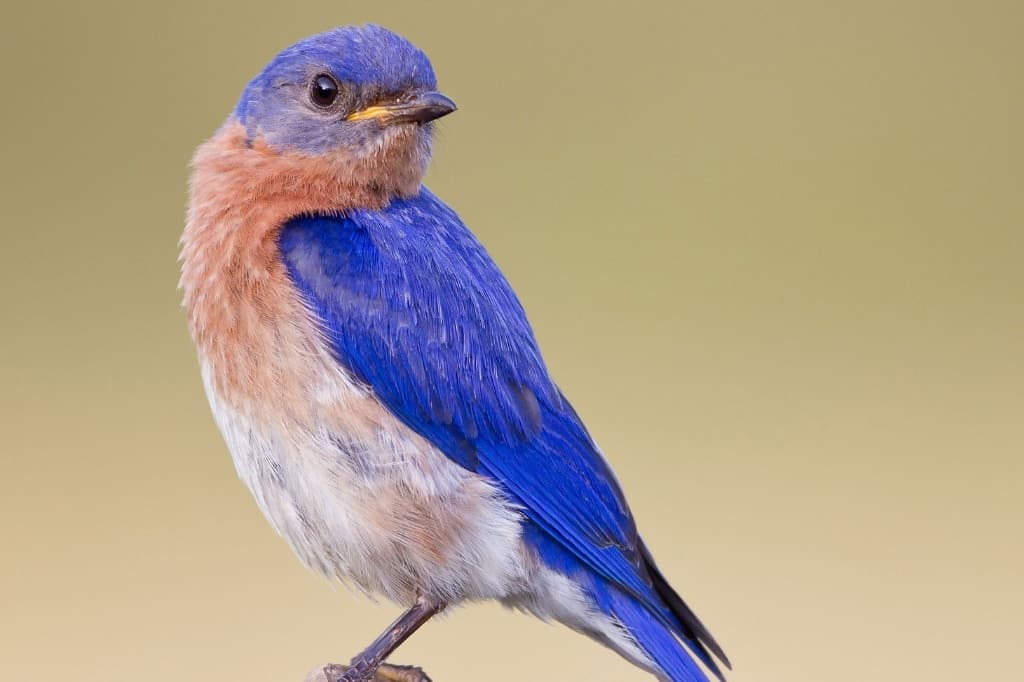
Eastern Bluebird – The Eastern bluebird is a bird species with a deep blue above and brick red on the neck and breast. Melanin pigment crystals scatter blue light and absorb other wavelengths. That’s why they have this gorgeous color.
Eurasian blue tit
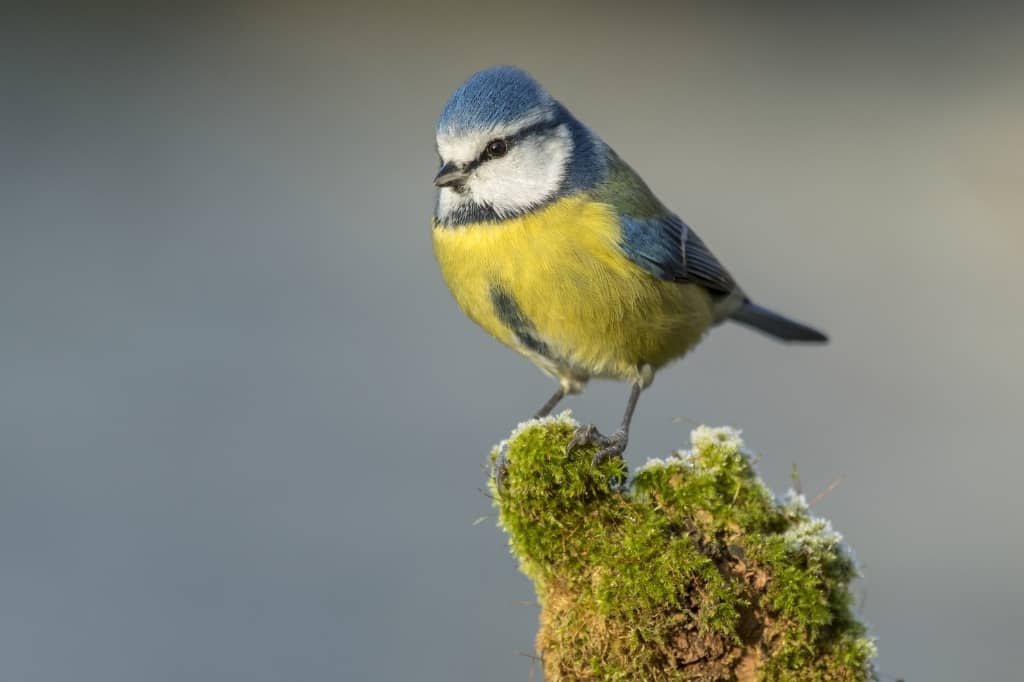
Eurasian Blue Tit – A small bird of the Cyanistes caeruleus family, the Eurasian blue tit is known for its blue and yellow plumage. It lives in wooded areas.
Mountain Bluebird
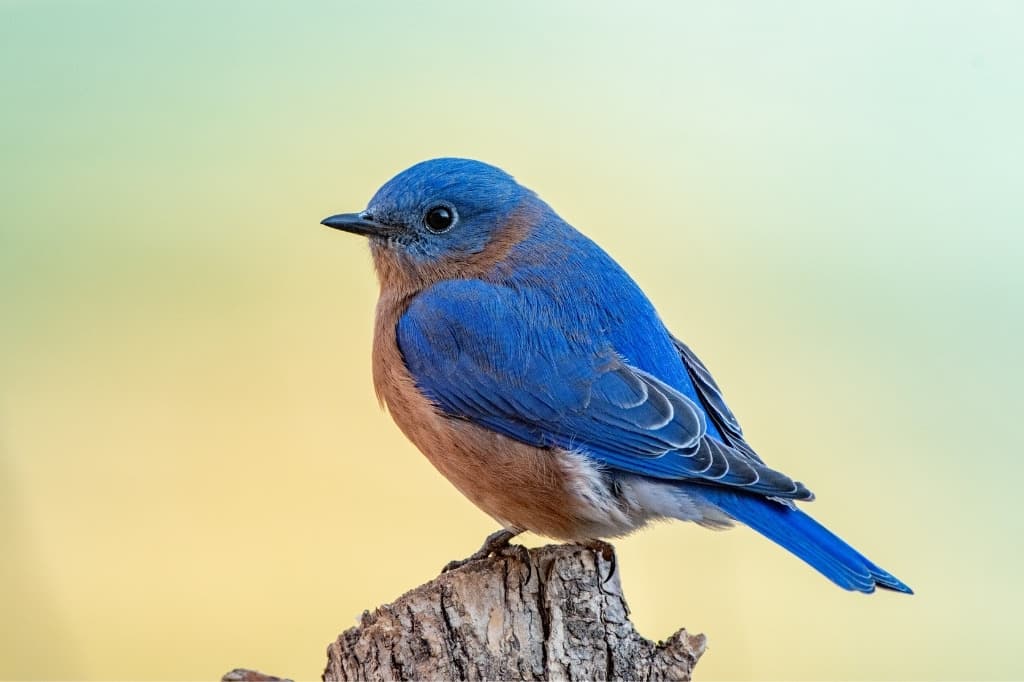
Mountain Bluebird – Mountain Bluebirds are blue due to the structure of their feathers. Melanin pigment crystals scatter blue light, absorbing other wavelengths. Thus, this gorgeous shade of blue is actually a trick of light.
Blue jay

Blue Jay – Blue jay actually contains a brown pigment called melanin. The blue color comes from the scattering of light by cells on the surface of feather barbs.
Greater blue-eared starling
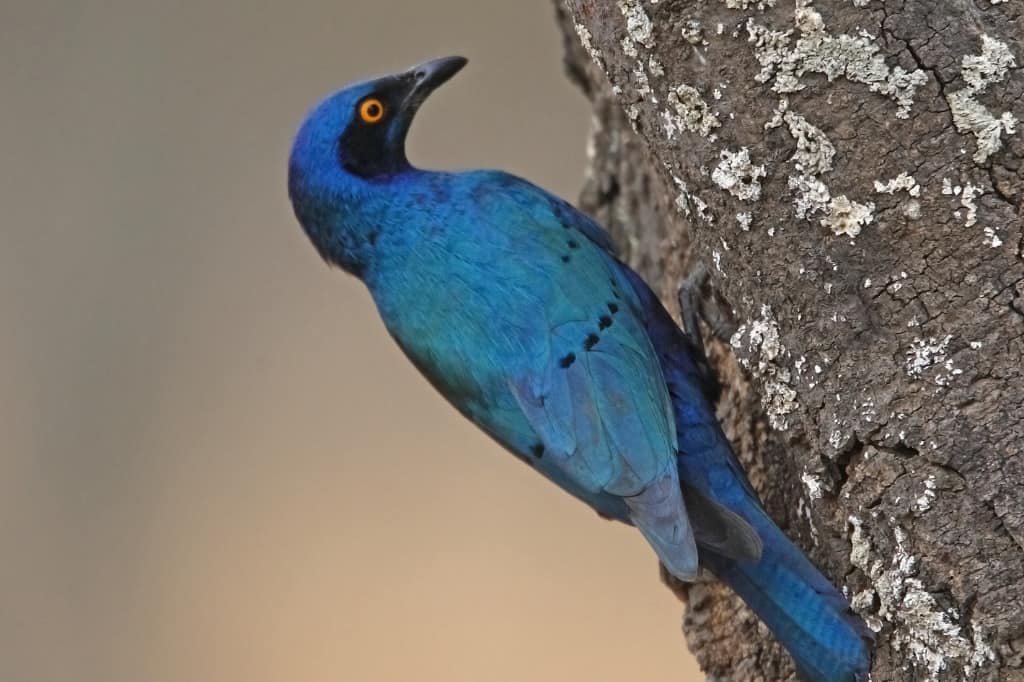
Greater Blue-Eared Starling – Also known as the blue-eared glossy tern, the Greater blue-eared starling is a bird living in Africa that grows up to 8 inches long. This bird has dark shades on its flanks and royal blue to purple hues on its belly.
Hyacinth macaw
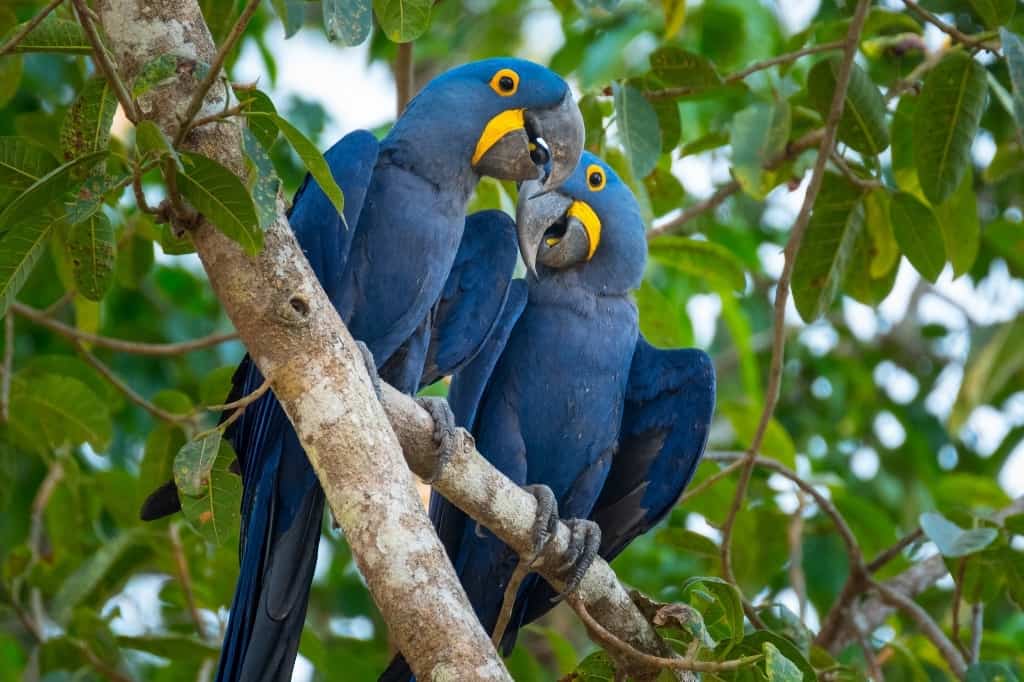
Hyacinth macaw – The largest macaw species is the Hyacinth macaw, which is native to eastern and central South America. It is a vibrant blue color and grows up to 40 inches long. The way light reflects off the macaw’s feathers is the key to the color.
Blue Dacnis
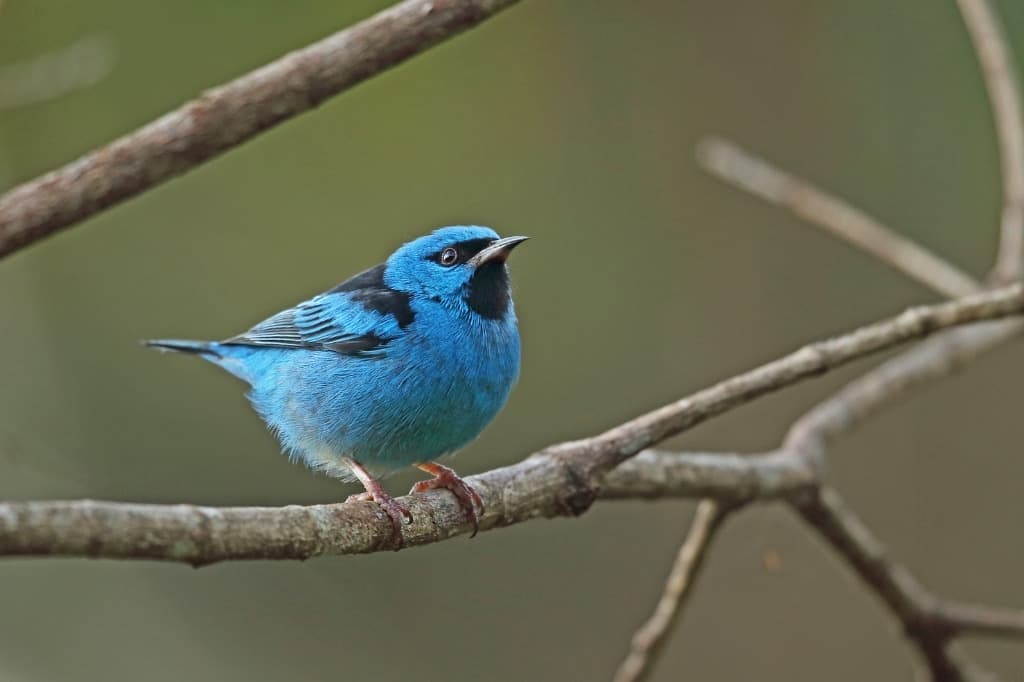
Blue Dacnis – The blue dacnis is a passerine bird that lives from Nicaragua to Argentina. It prefers forest edges and feeds on insects. Because it is a sexually dimorphic bird, the male is bright turquoise blue, and the female is green with a blue crown.
Blue racer snake
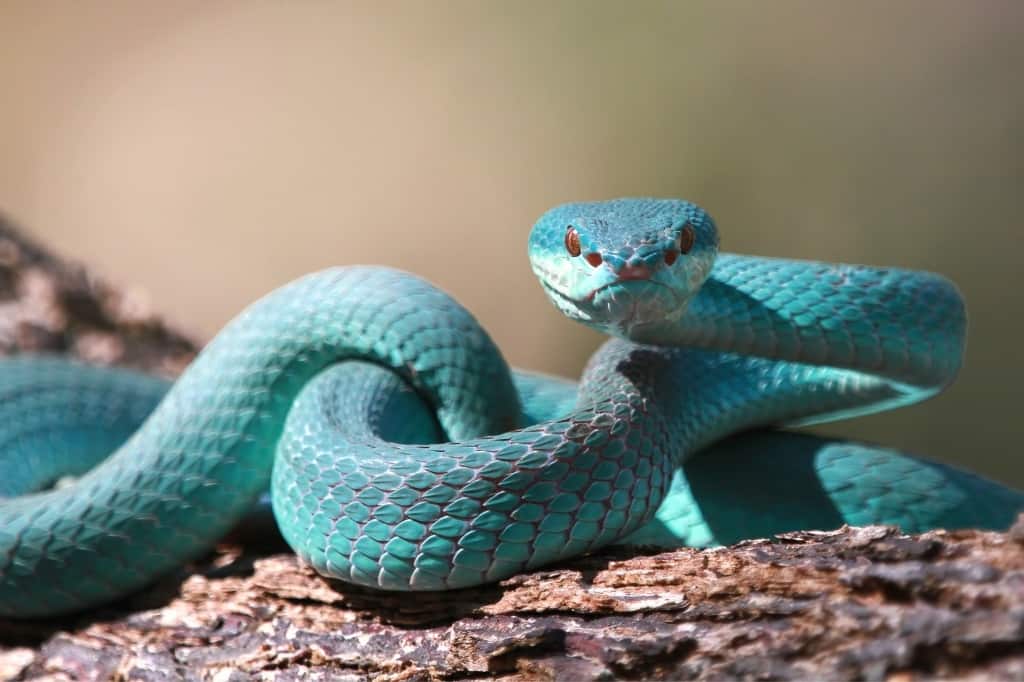
Blue racer snake – A subspecies of Coluber constrictor, the blue racer snake is a non-venomous blue-gray colubrid snake that can grow up to 6.5 ft long (2 m). As its name suggests, it has a speed of up to 4.3 mph or 7 km.
Blue moor frog
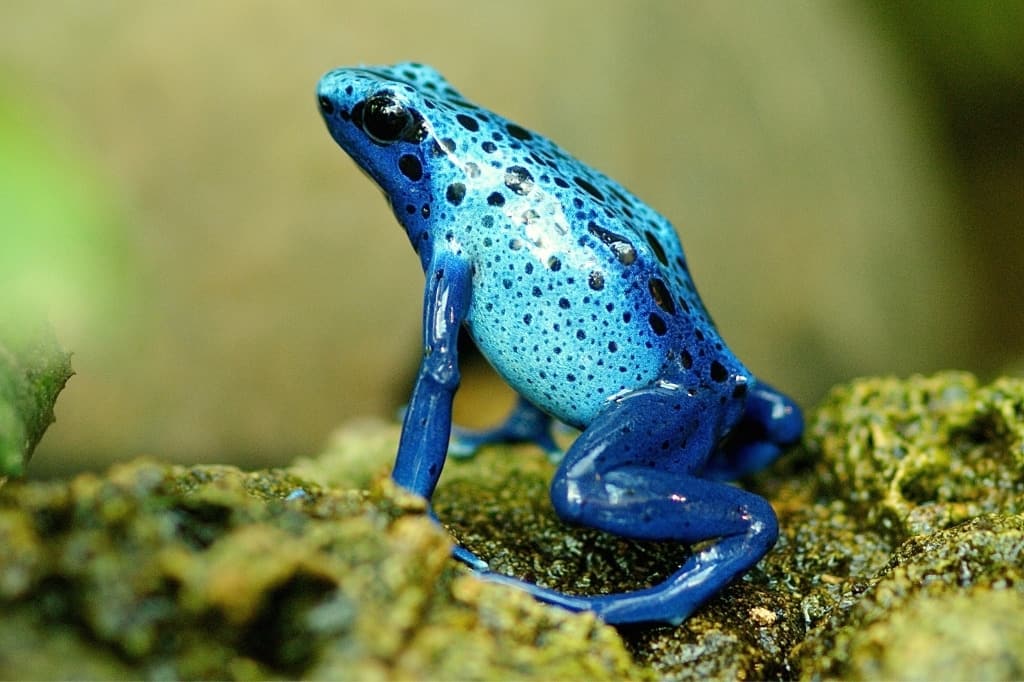
Blue Moor Frog – Blue moor frogs have a blue appearance only 2 months a year (March and April). During this period, they spawn. The reason they change color is to impress and attract females.
Blue dart frog
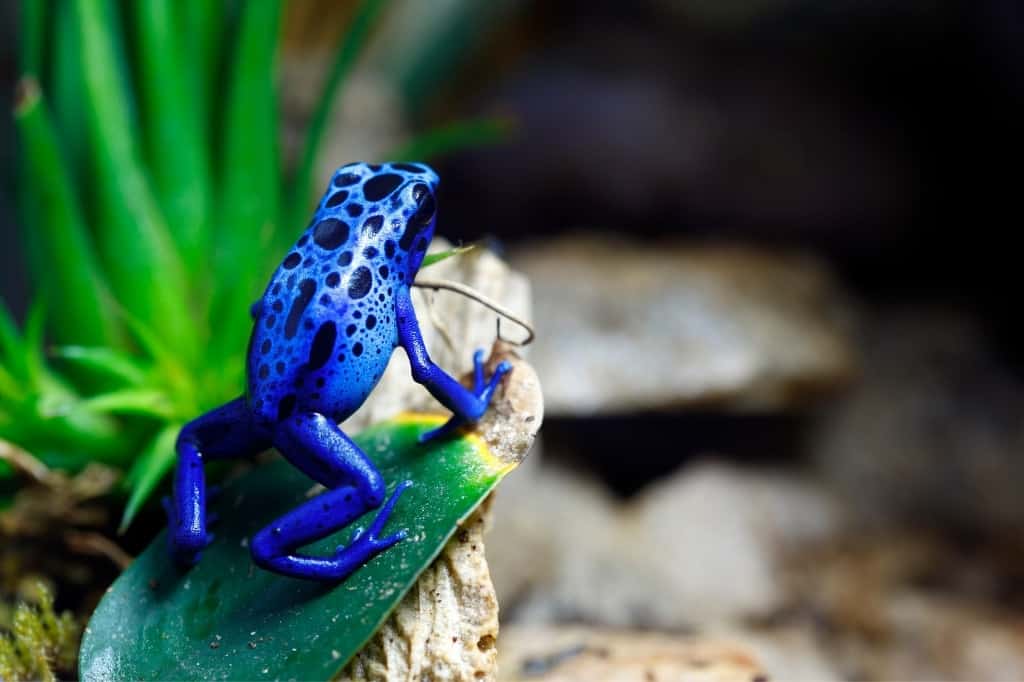
Blue Dart Frog – The blue dart frog is a reptile that contains poisonous toxins in its skin to defend itself from predators. Brilliant blue, this frog’s skin warns predators. Blue poison frogs live in the rainforests of Suriname and northern Brazil.
Blue Iguana
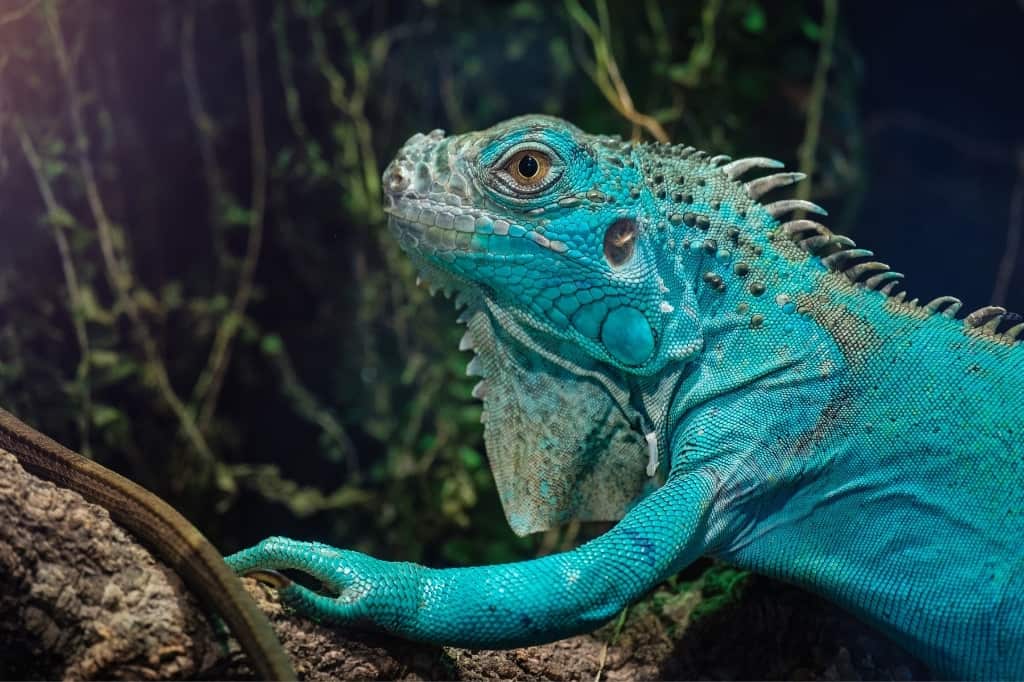
Blue Iguana – Iguanas of this species can reach lengths of up to 5 feet ( or 1.5 meters).
The blue iguana changes to lighter shades of blue during the mating season.
Blue Plants
Sea Holly
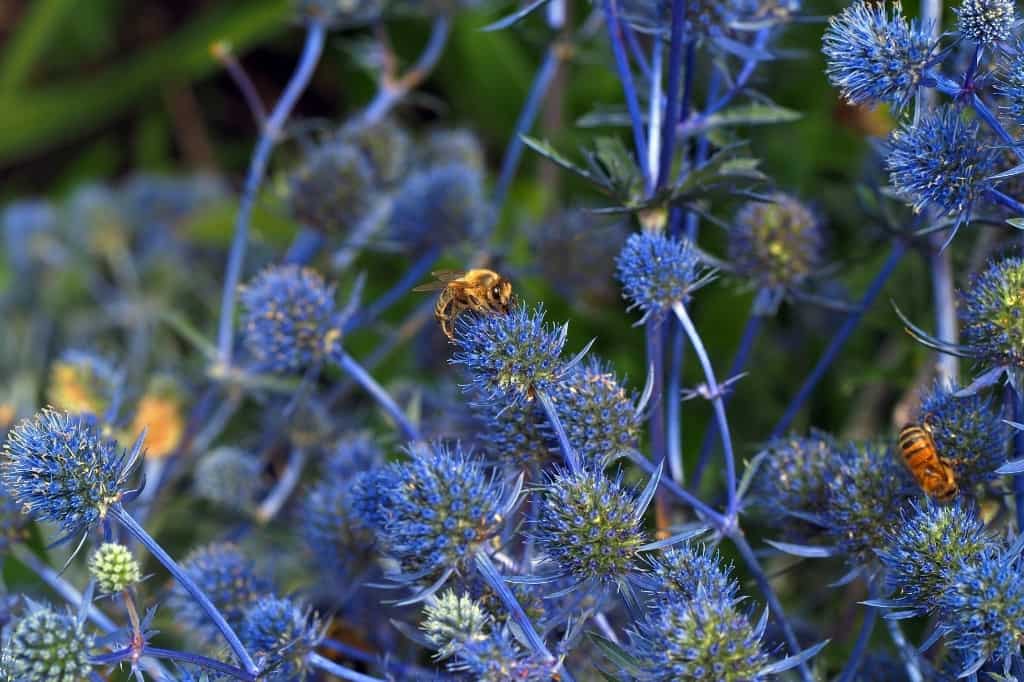
Sea Holly – Sea Holly is a perennial plant that is very hardy over time. So if you want to have something that is naturally blue in your garden, sea holly is an excellent choice. What’s more, they don’t need much water and adapt easily to dry soil.
Grape Hyacinth
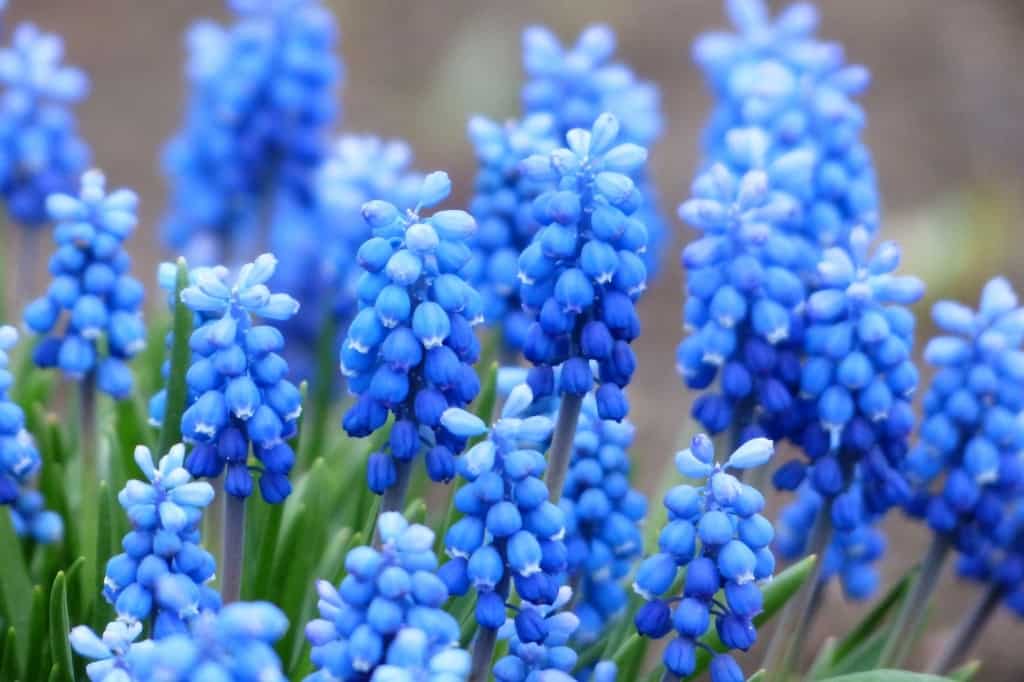
Grape Hyacinth – Grape Hyacinths please our eyes in shades of blue, purple, lilac, yellow, pink, or even white. Each bulb produces a flower that grows up to 10 inches tall.
Morning Glory
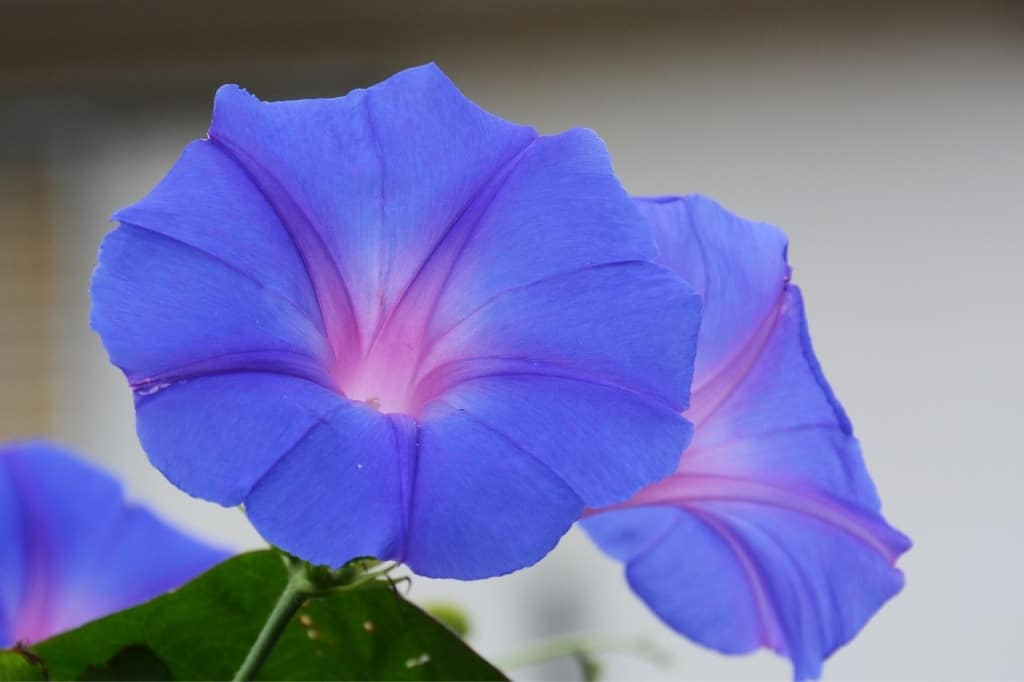
Morning Glory – Morning Glory is a popular annual vine that produces heart-shaped leaves and vibrant blue flowers. The flowers open in the morning and can reach 3-5 inches in size. In the afternoon, they close and keep this cycle from late spring to early fall.
Flax Flower
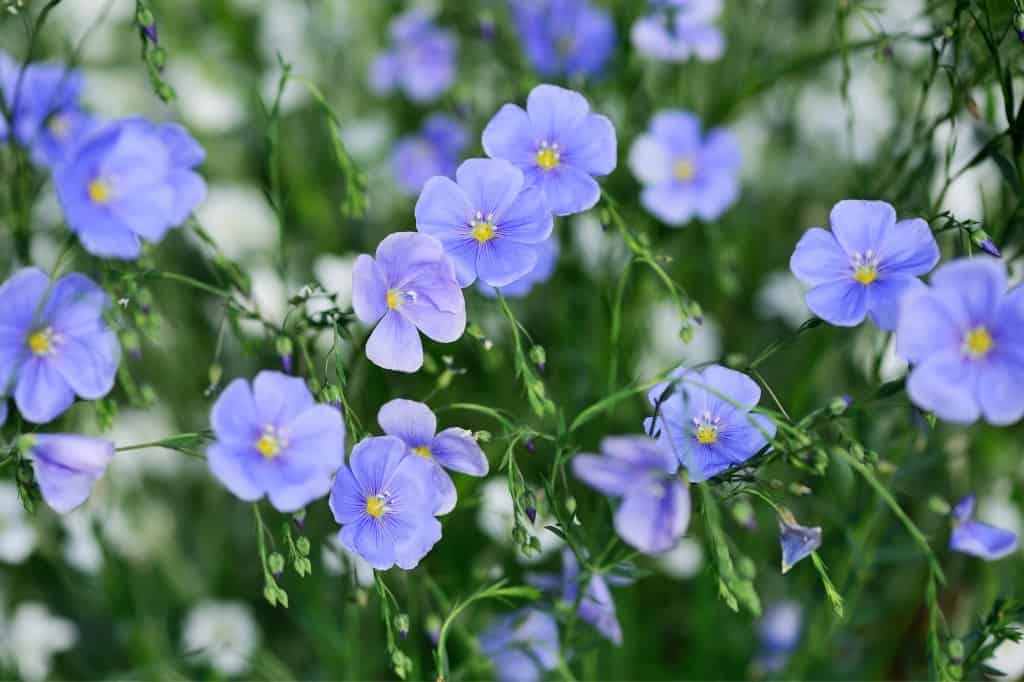
Flax Flower – Blue flax is a perennial that blooms in spring and summer. This plant has blue-green needlelike leaves and can reach heights of 1-2 feet.
Lupine
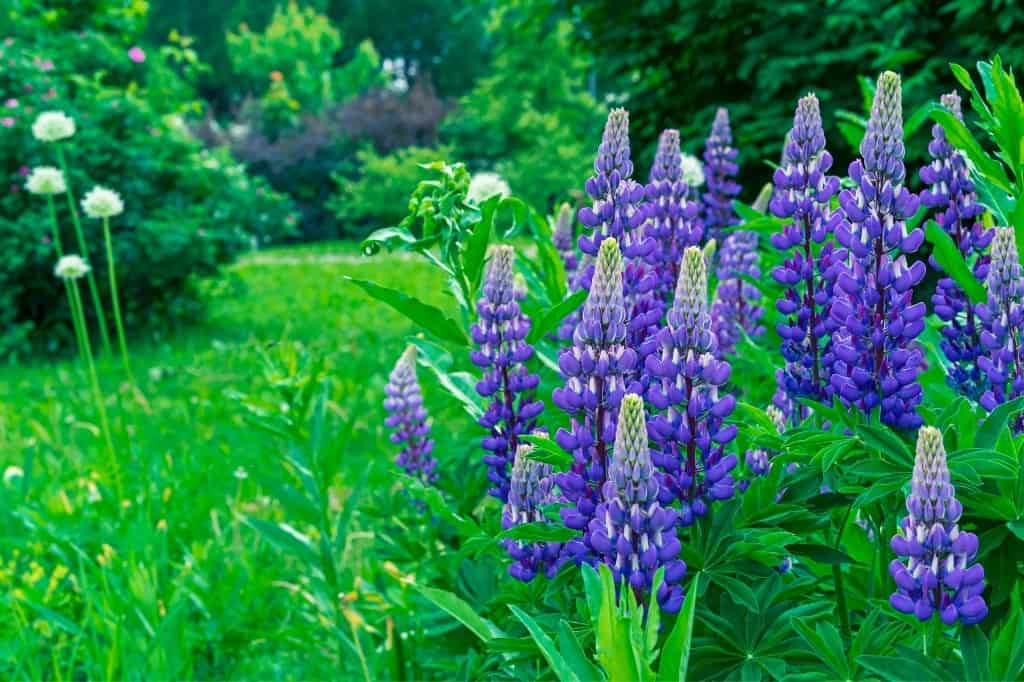
Lupine – Lupine, known as Lupinus Texensis, is an annual species of plant with deep bluish-purple flowers. Color is determined by factors such as sun exposure, soil, and other natural factors.
Gentian
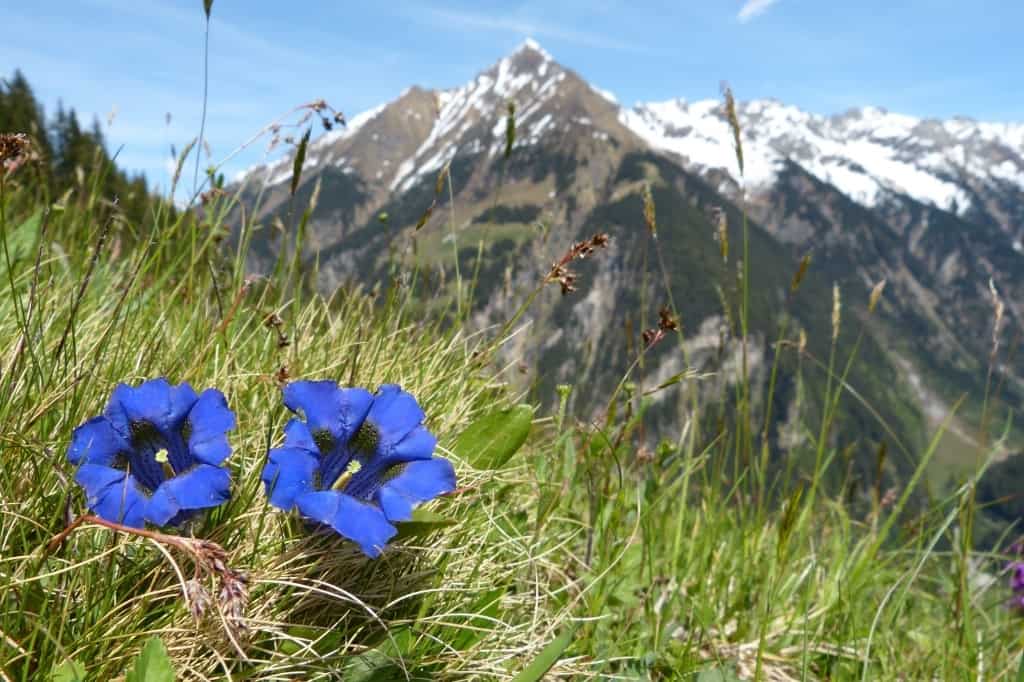
Gentian – The flowers of gentian are blue or purple and have four or five petals that are joined together in a trumpet shape. They are among the few blue flowers in nature. This is how the color Gentian blue, a beautiful shade of blue, came into being.
Freesia
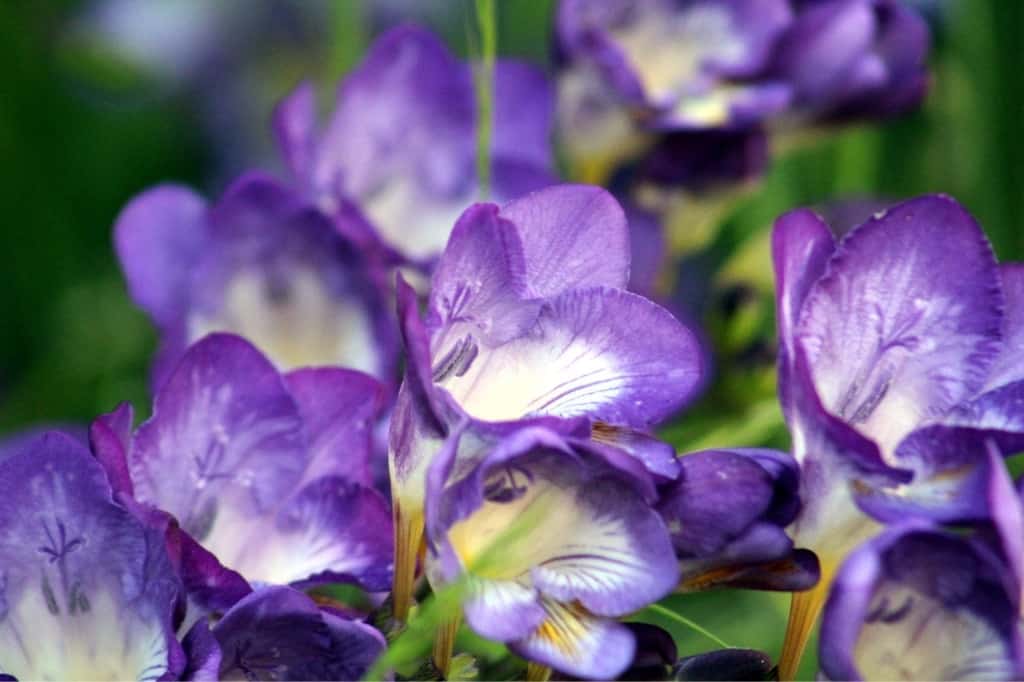
Freesia – Freesia is a perennial plant grown annually and has fragrant blue flowers. This flower is the symbol of friendship.
Columbine Flower
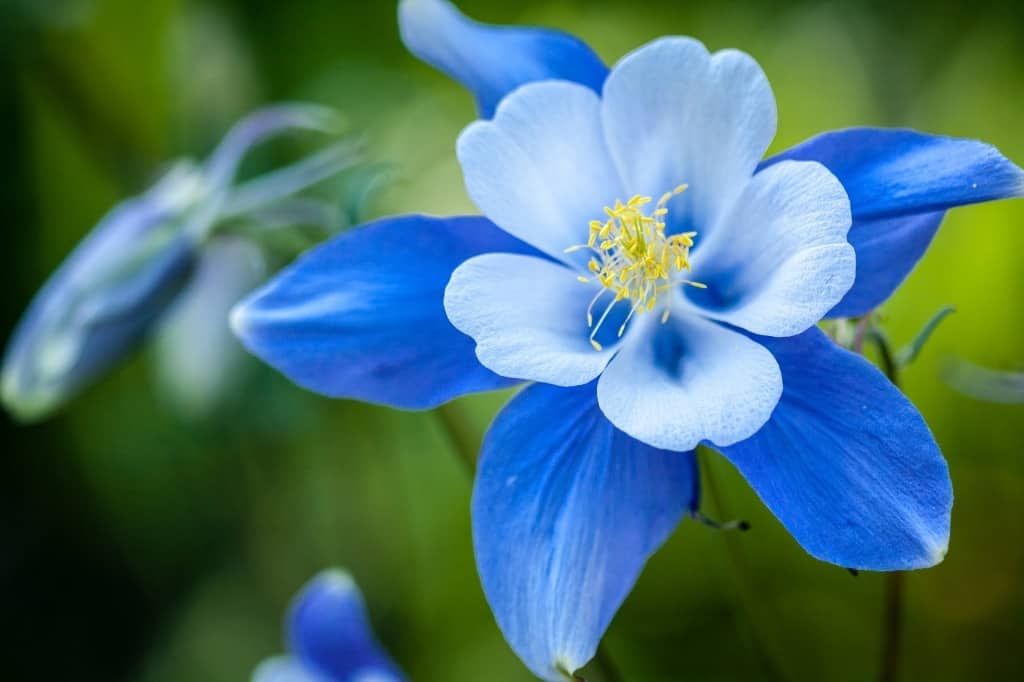
Columbine Flower – In nature, there are over 70 species of columbine flowers, and their color is blue, purple, yellow, or even pink. A symbol of fortitude, the columbine has gorgeous bell-shaped flowers.
Things That Are Naturally Blue
According to this study, blue is the most preferred color of people.
So, this is a comprehensive list of the most important things that are blue in nature.
Among the most common naturally blue things are birds, insects, flowers, and gemstones.

